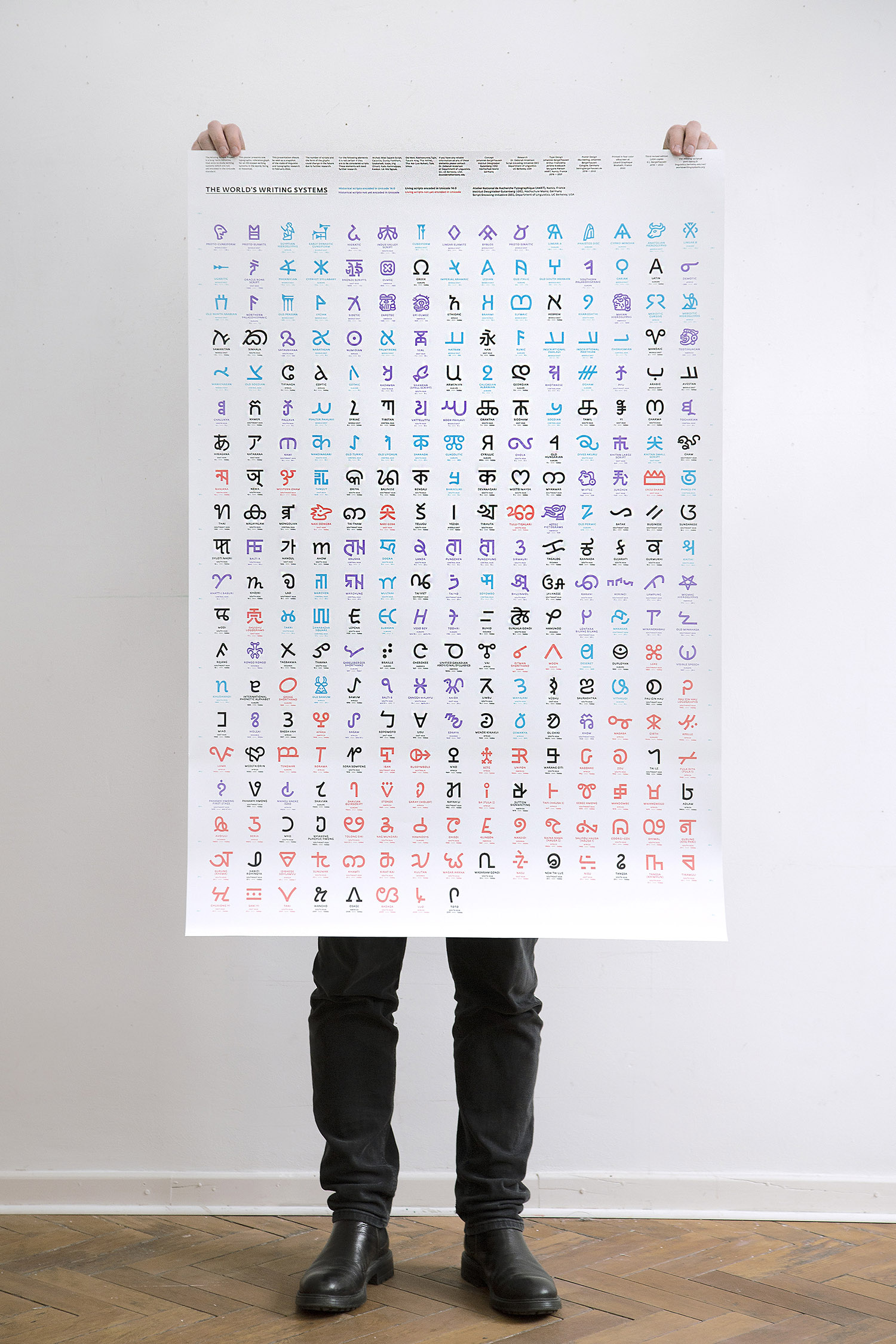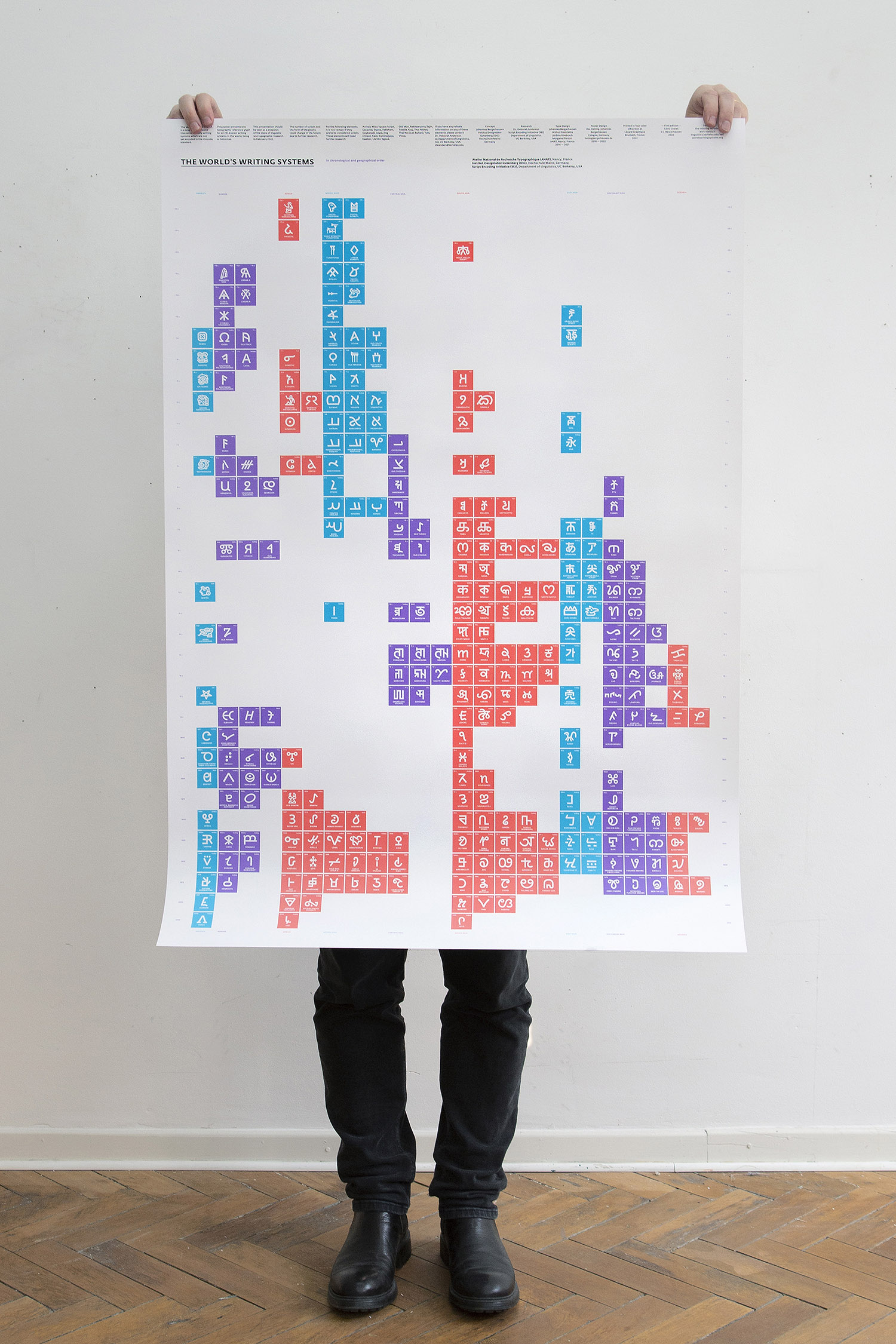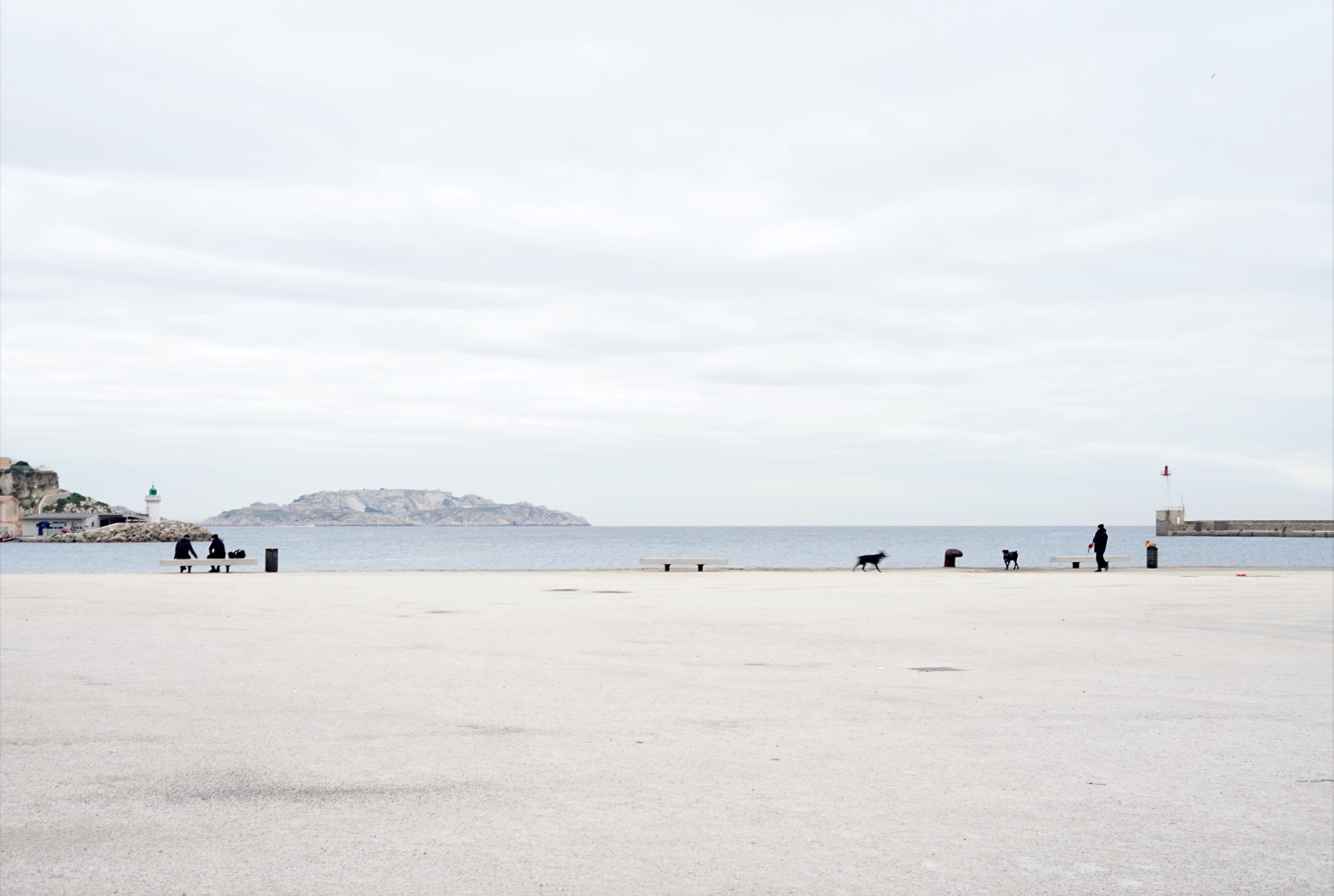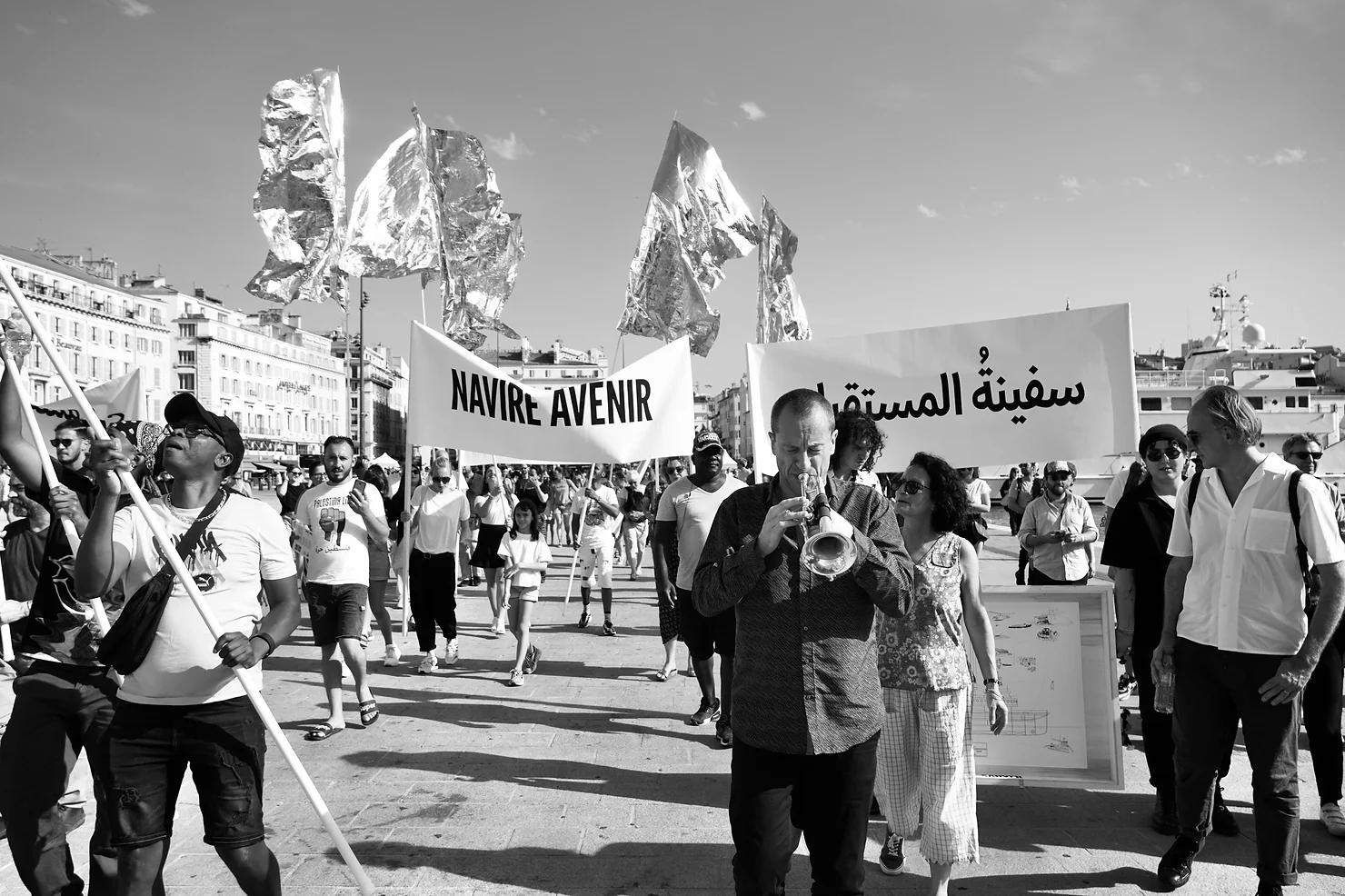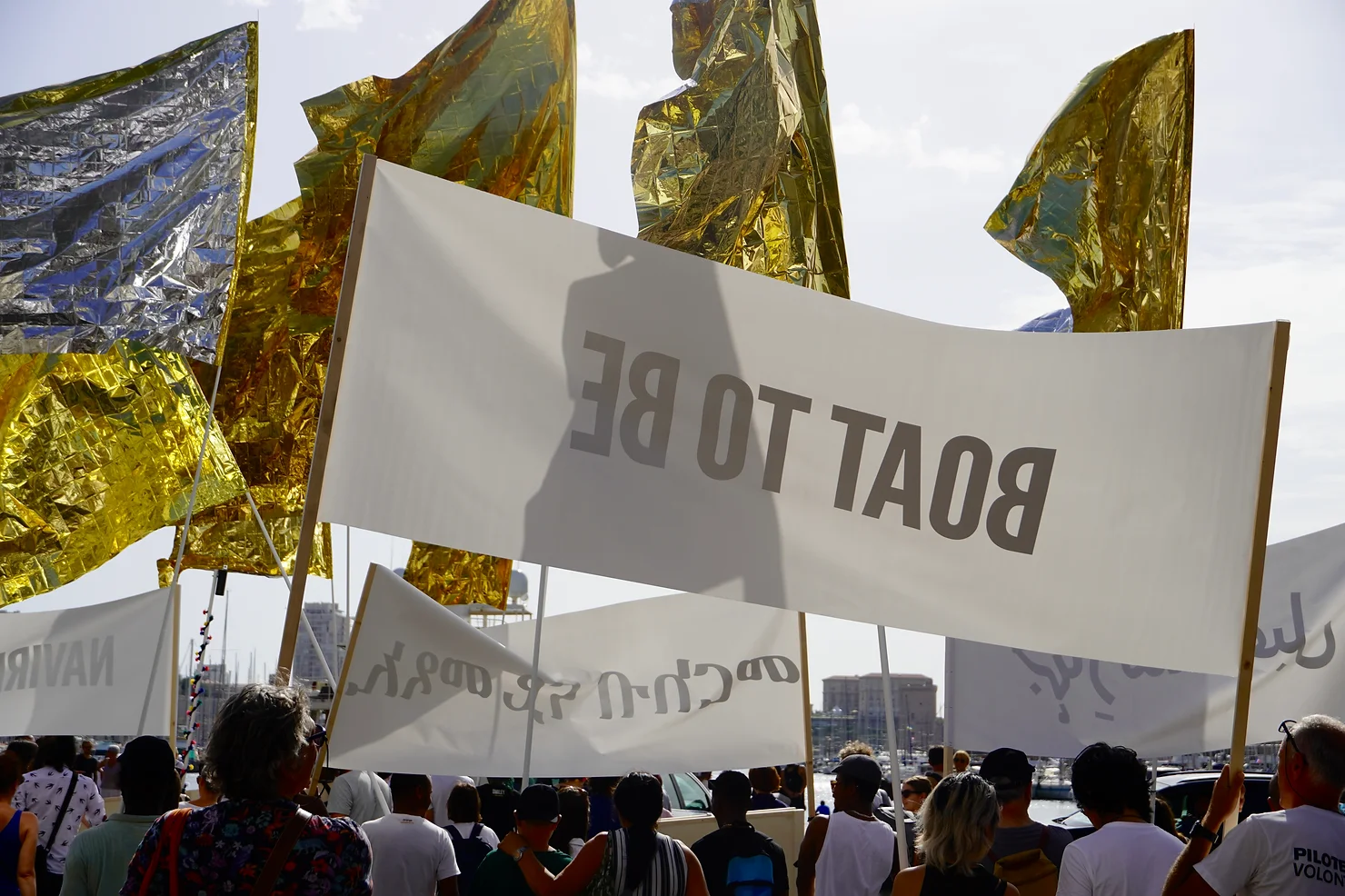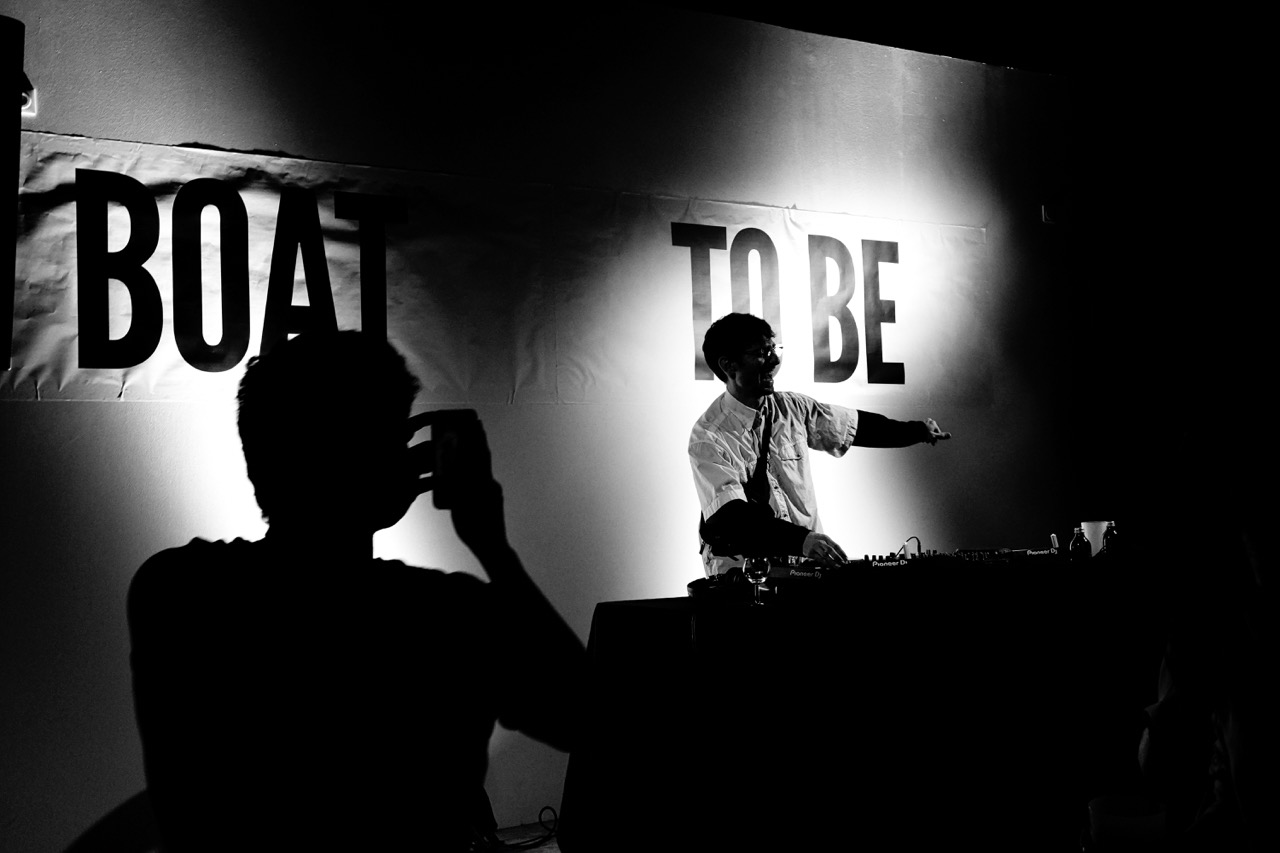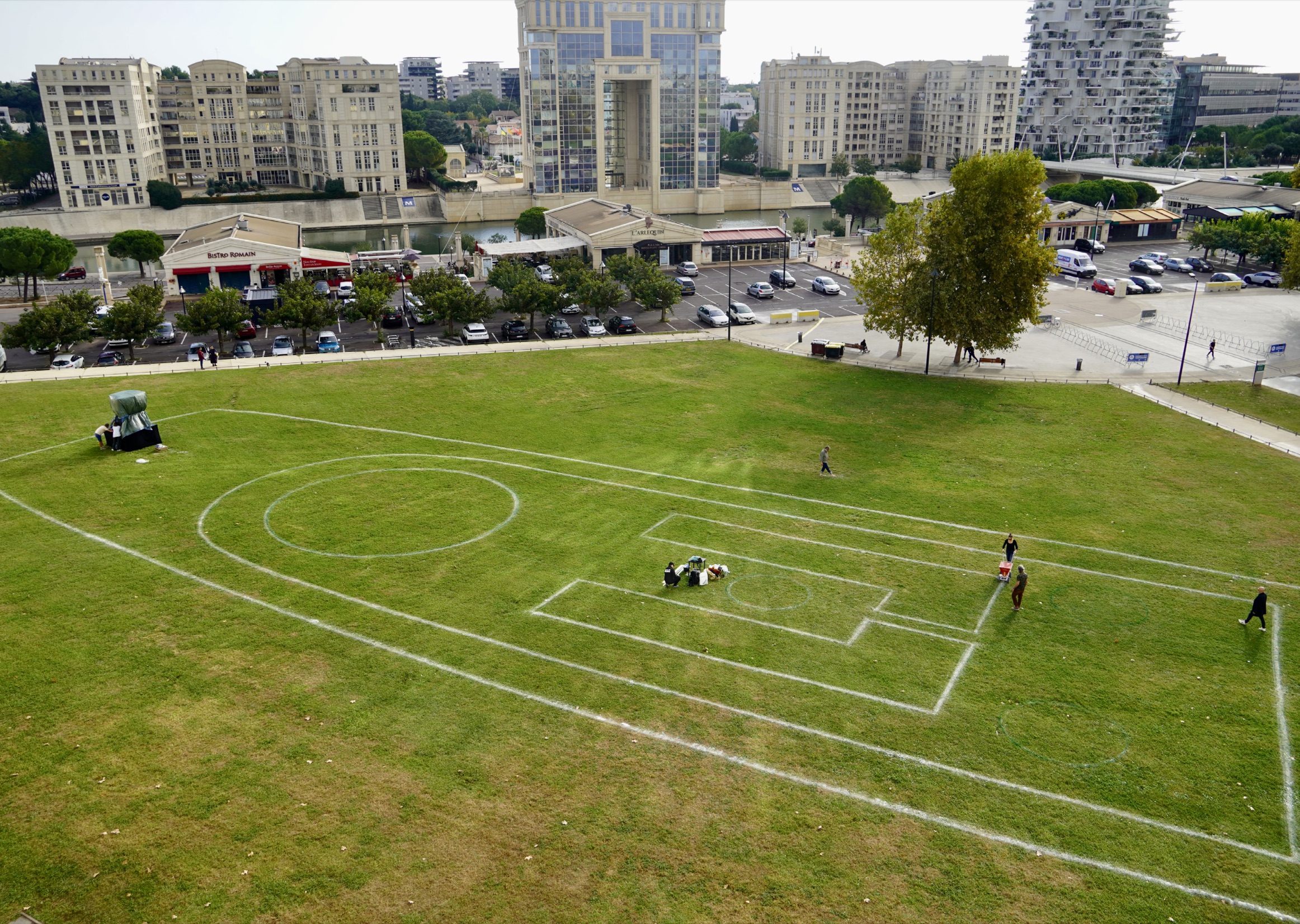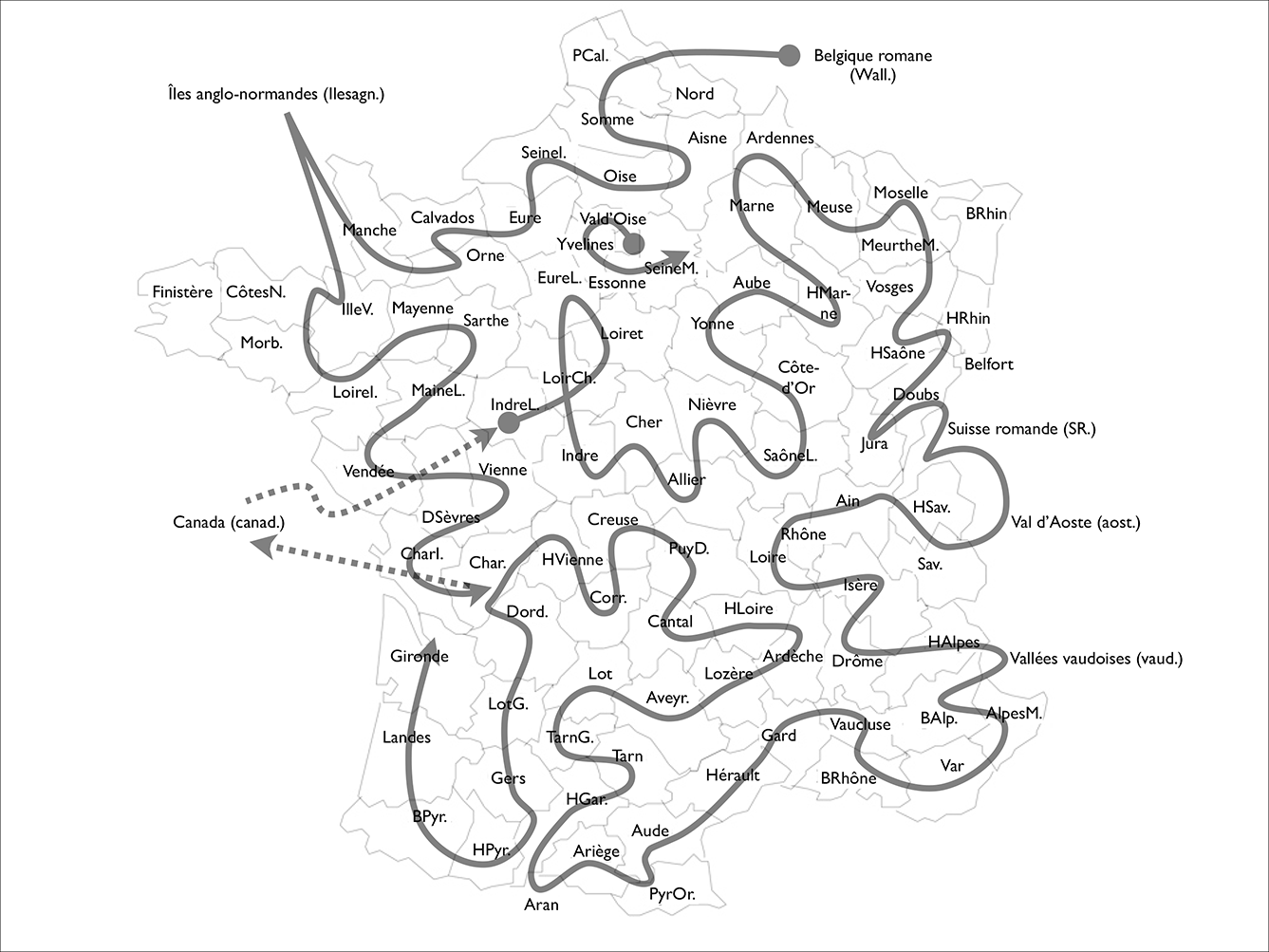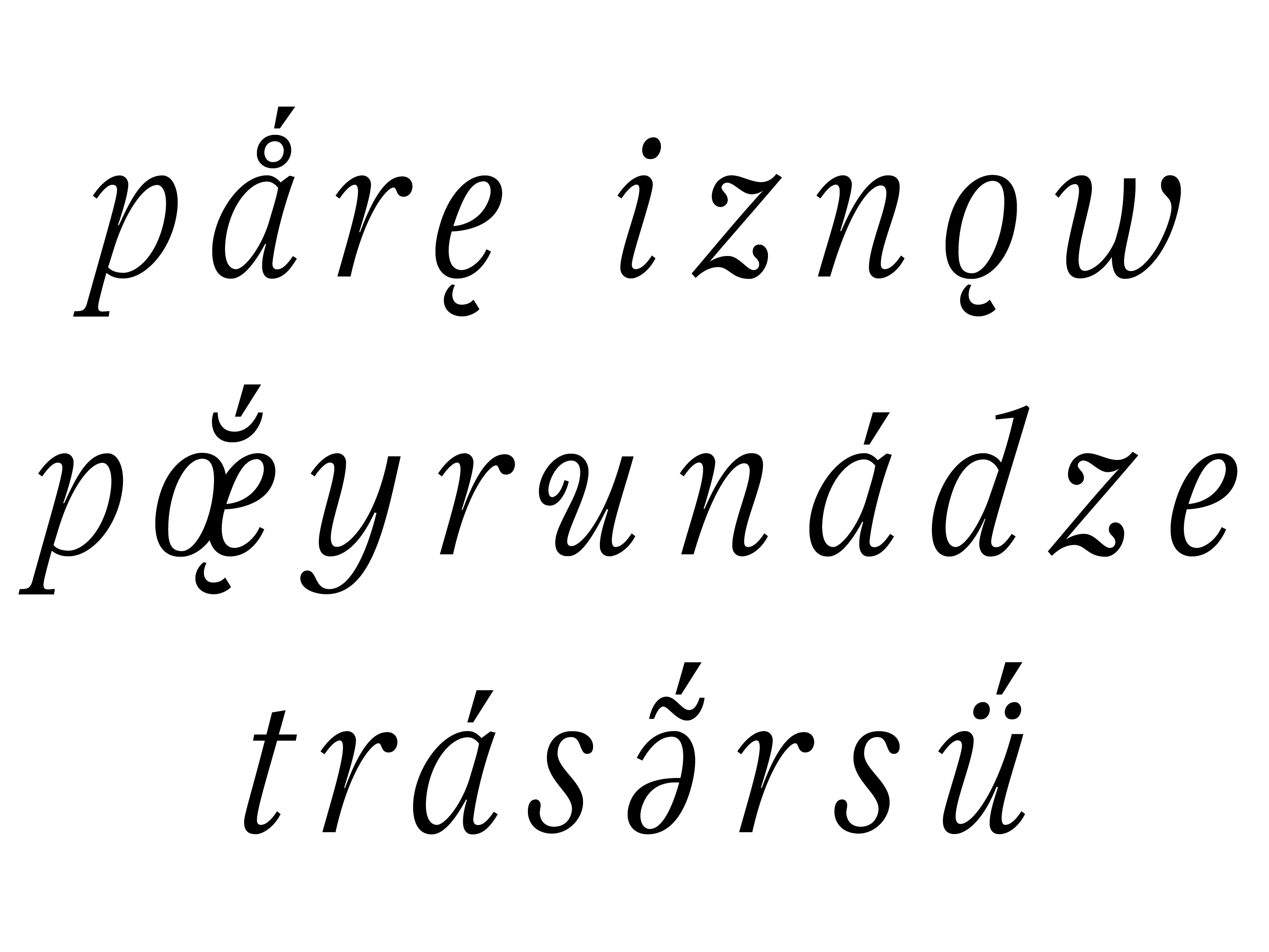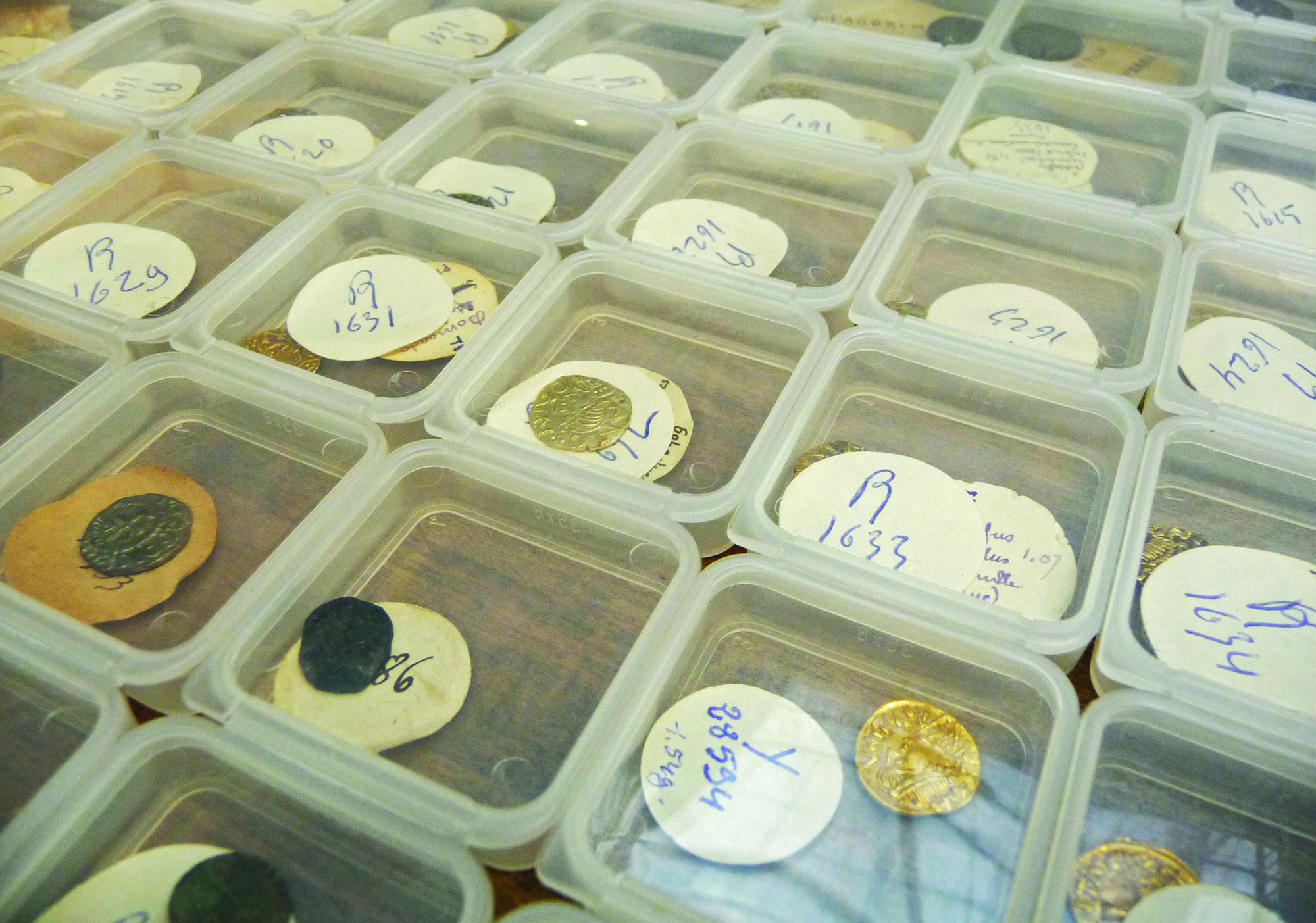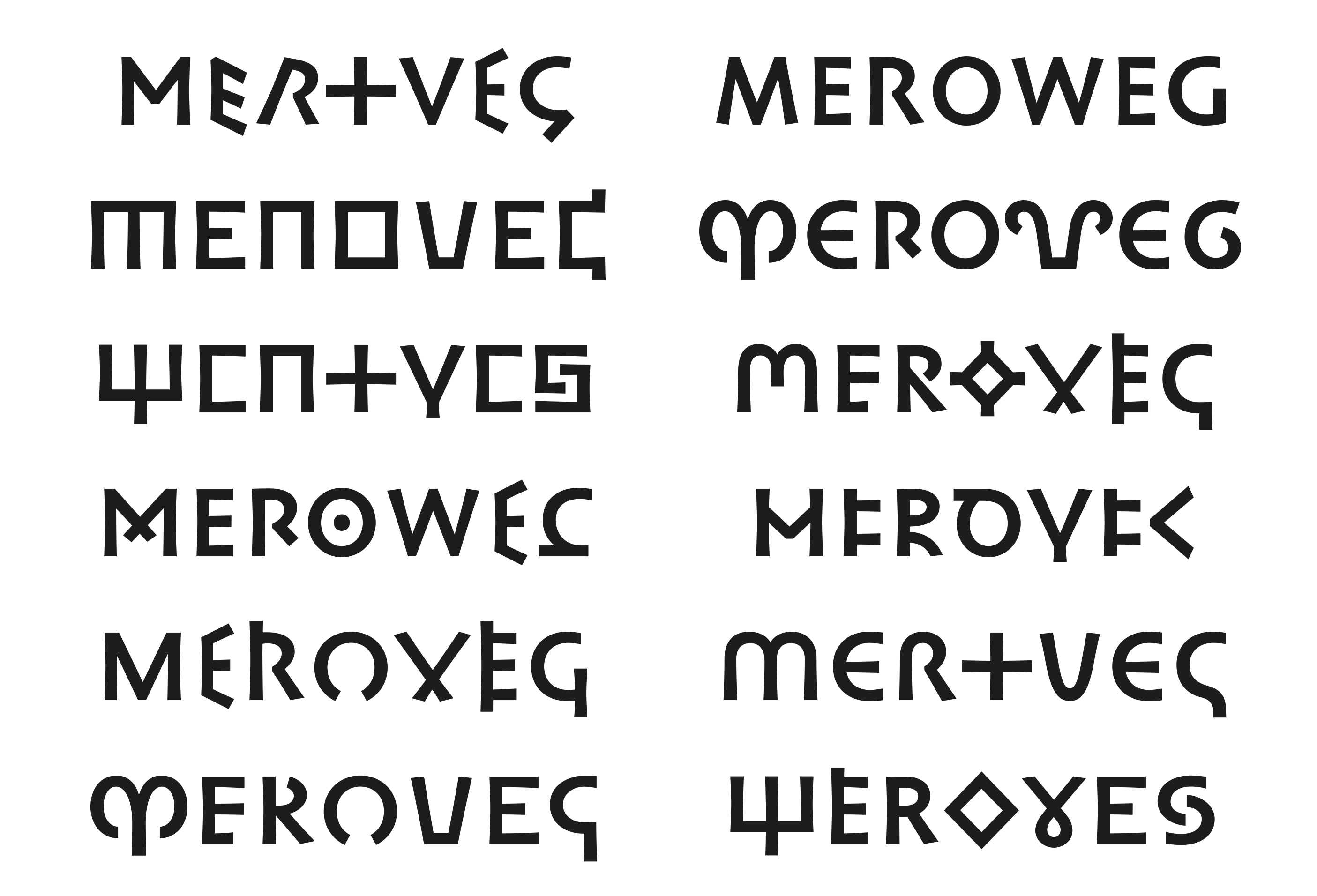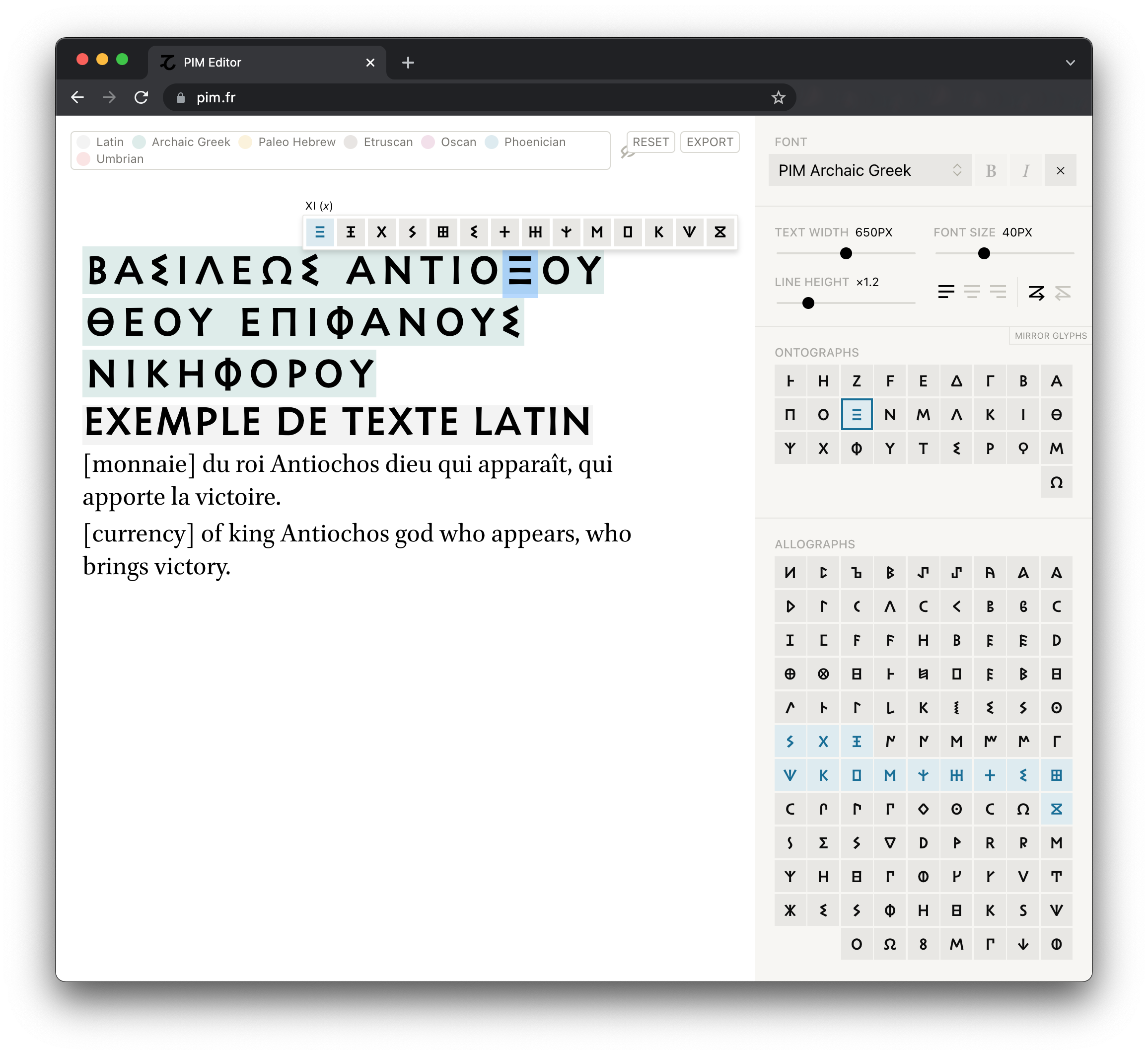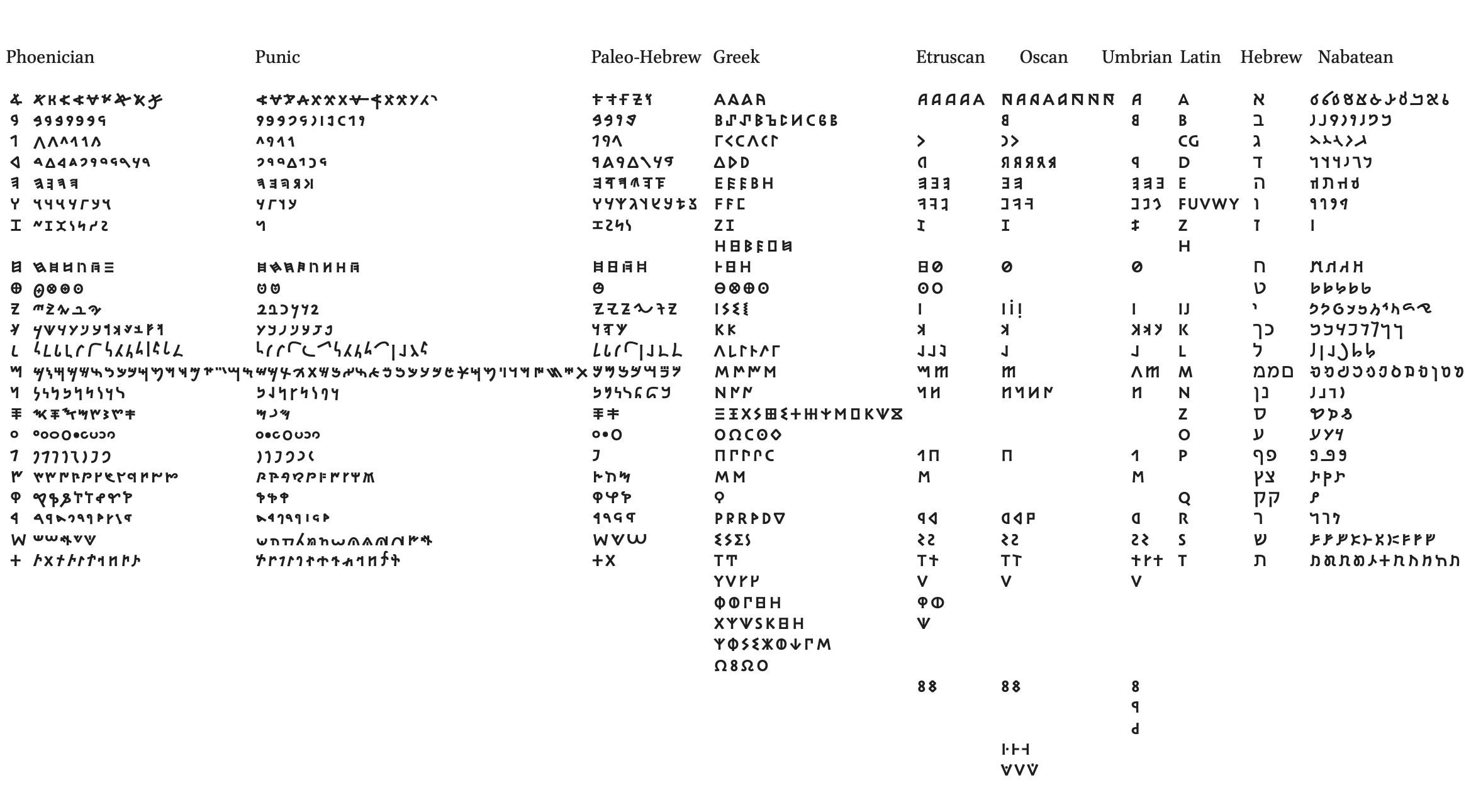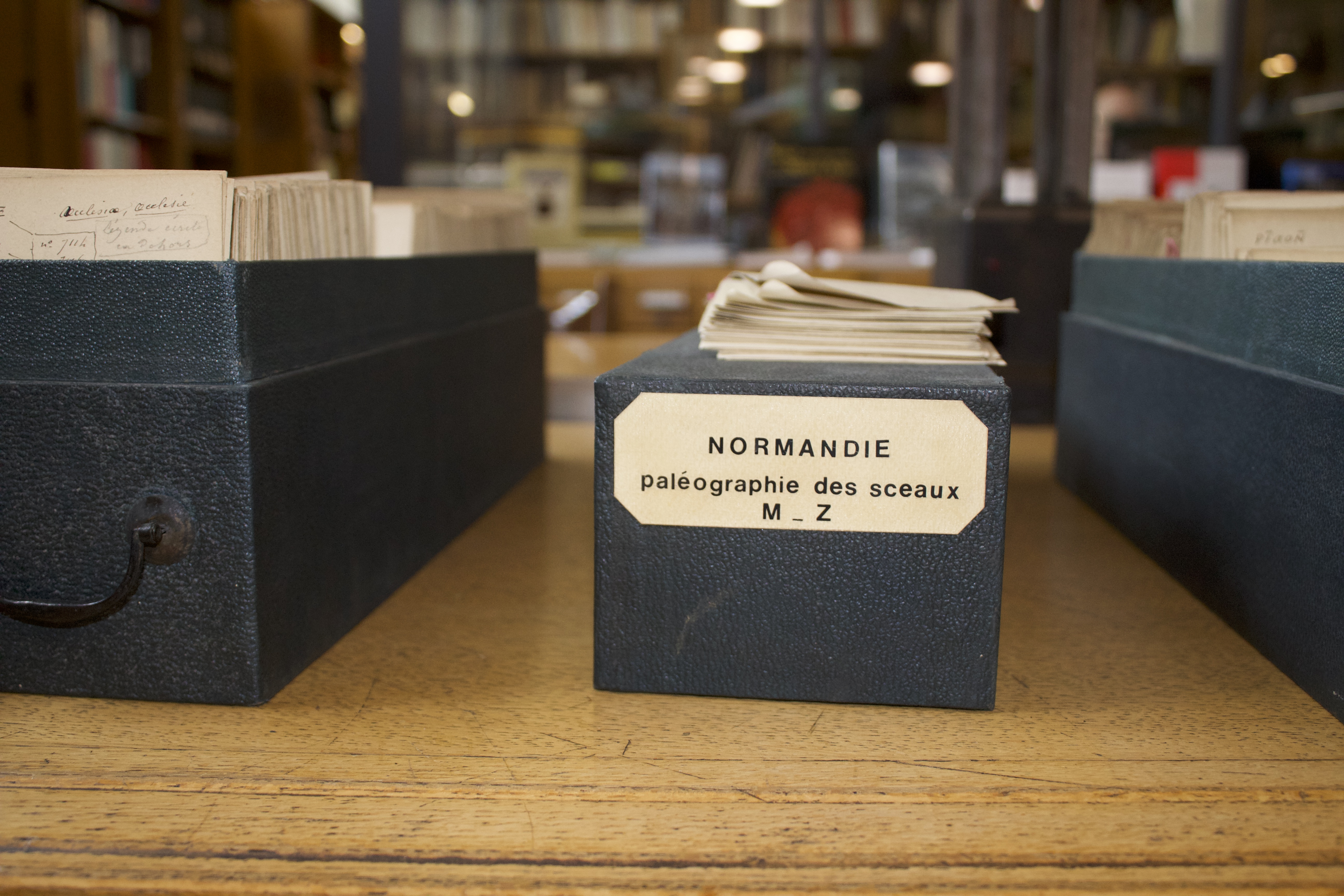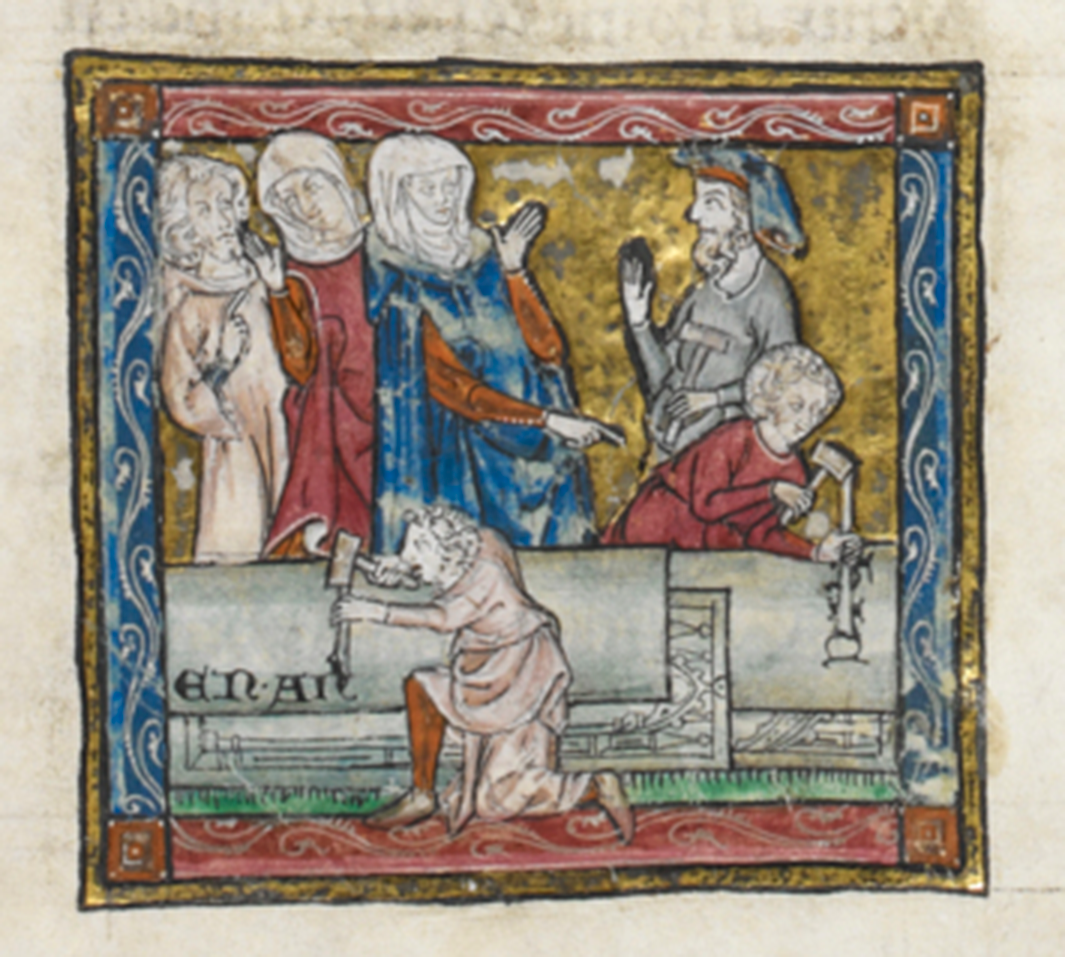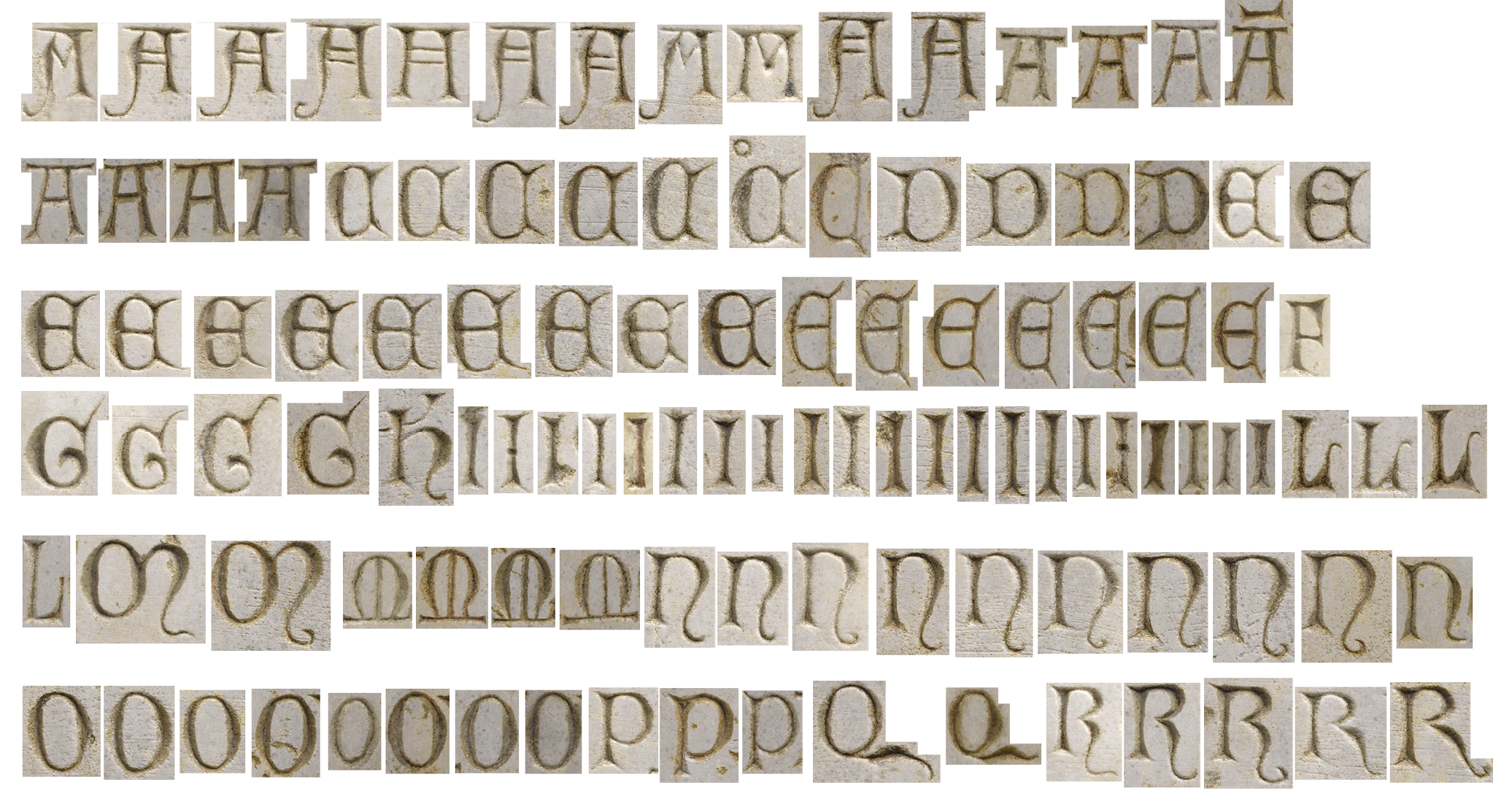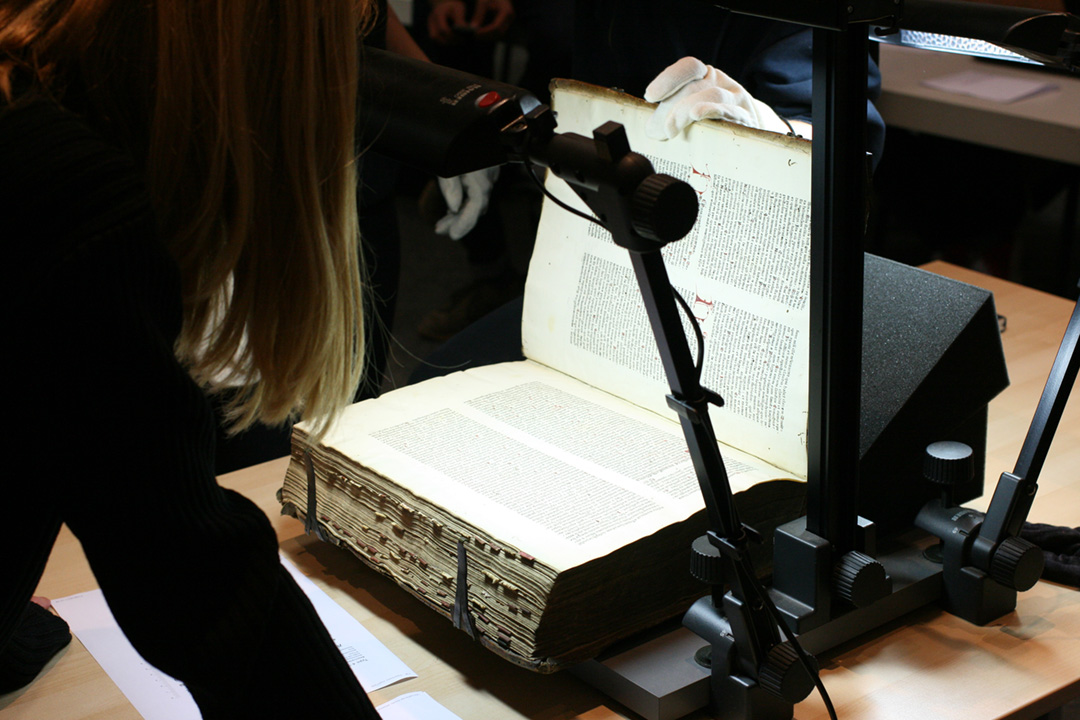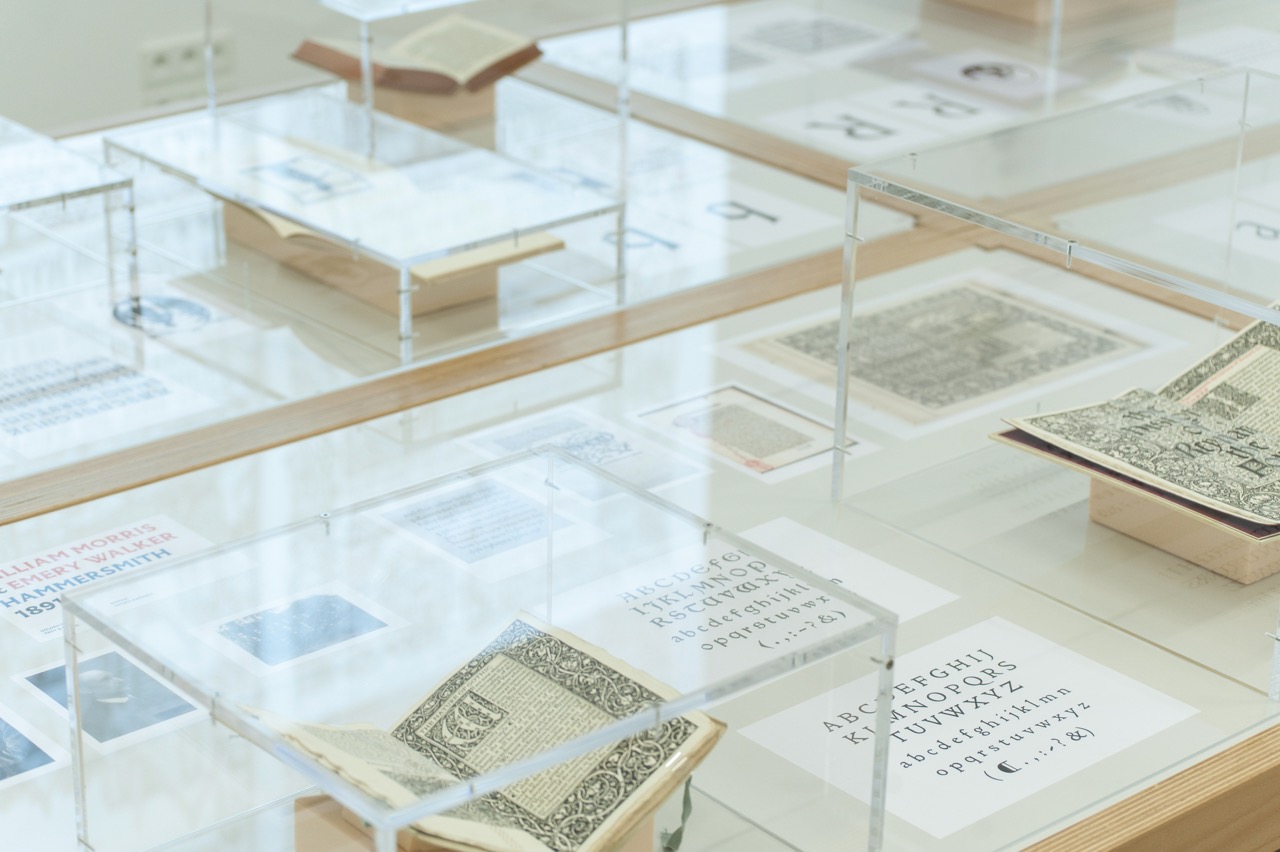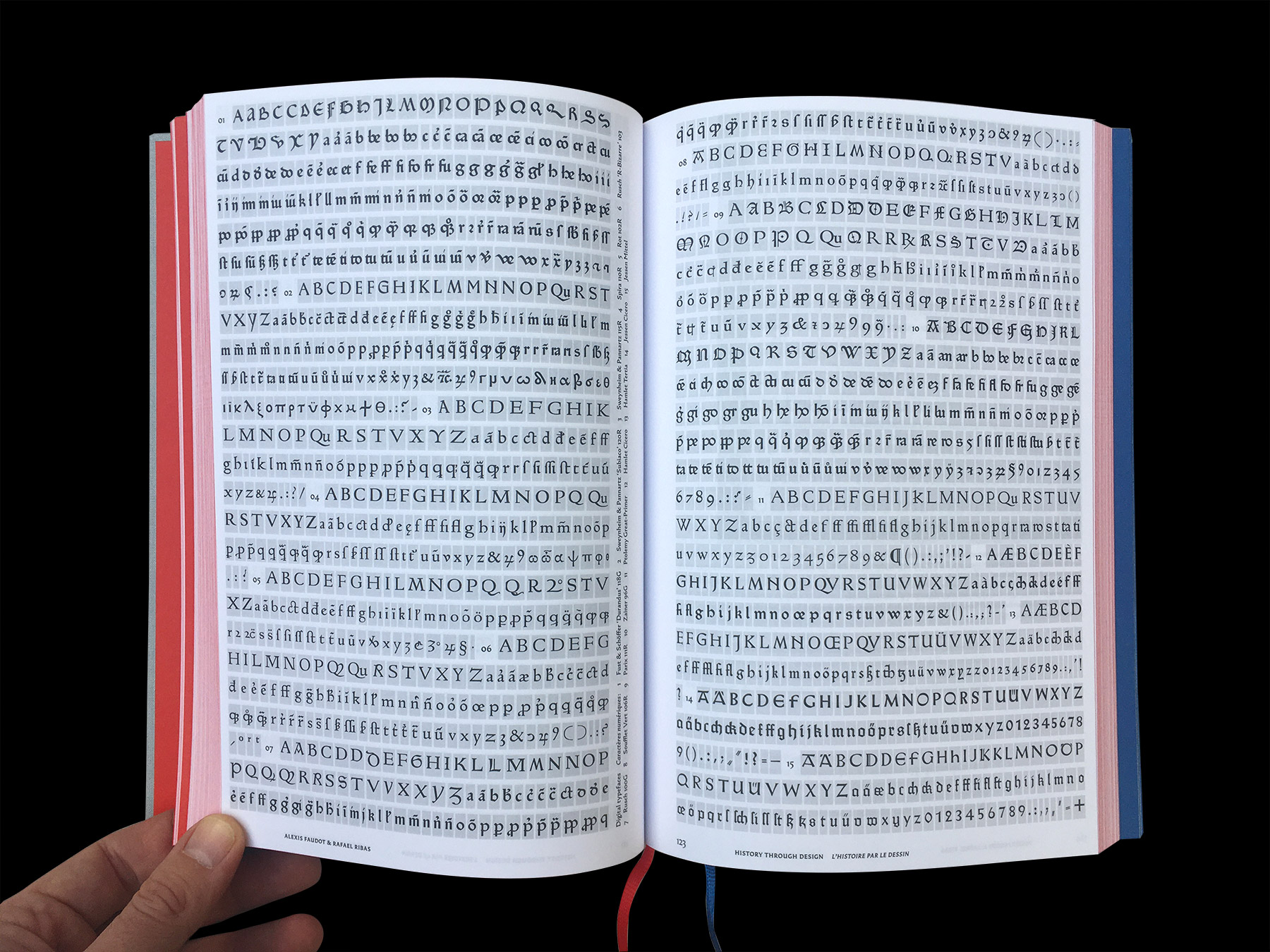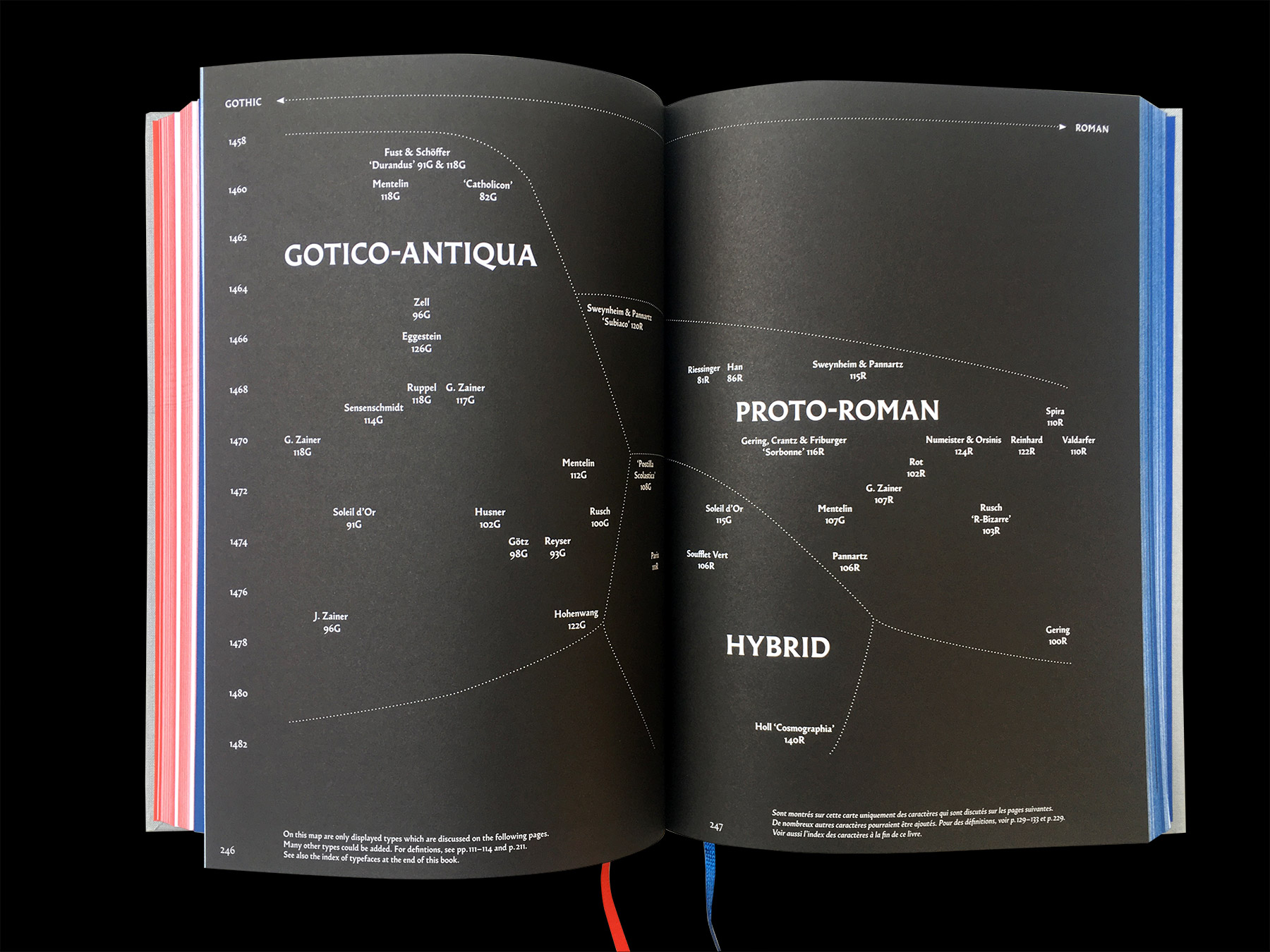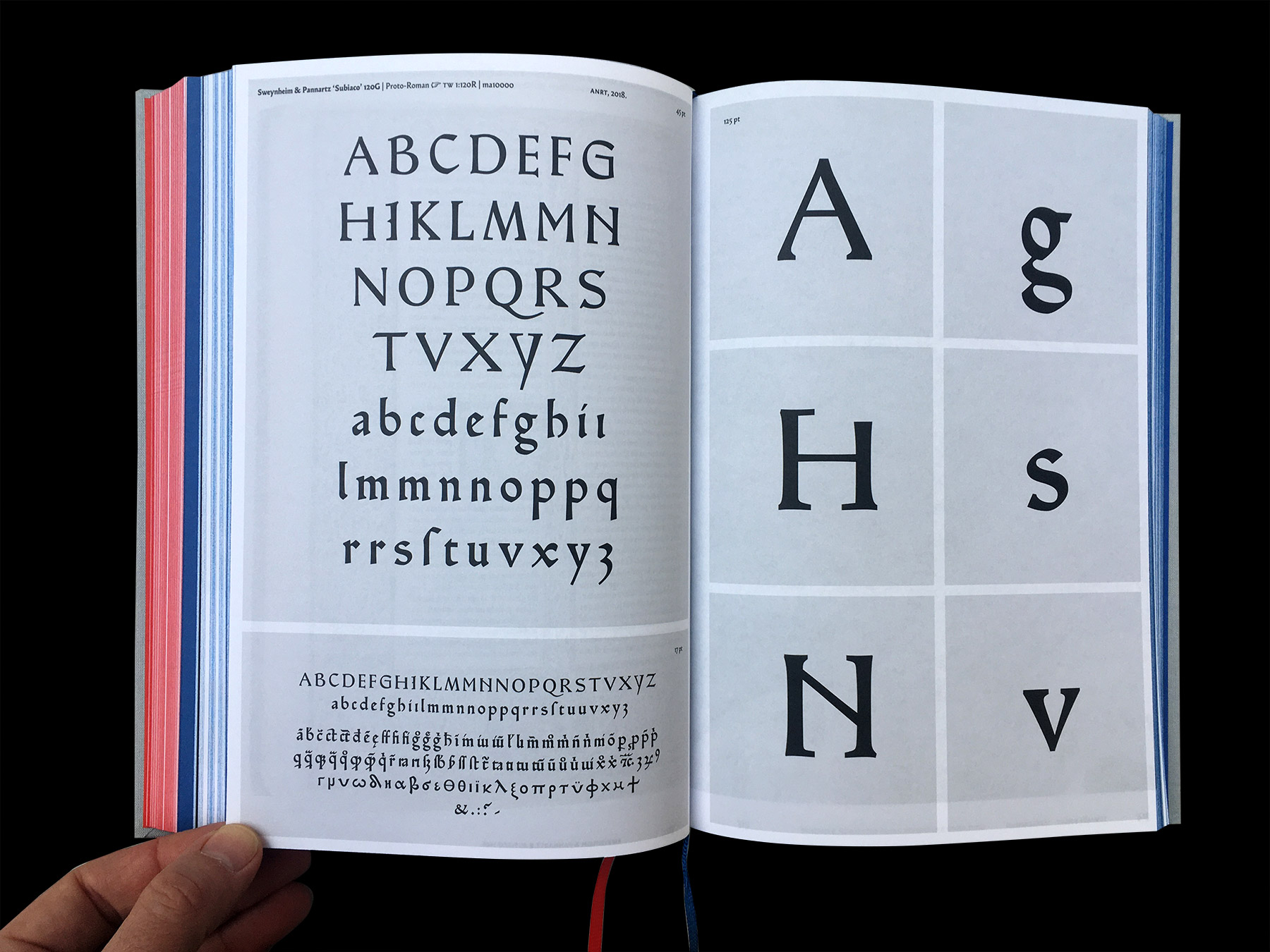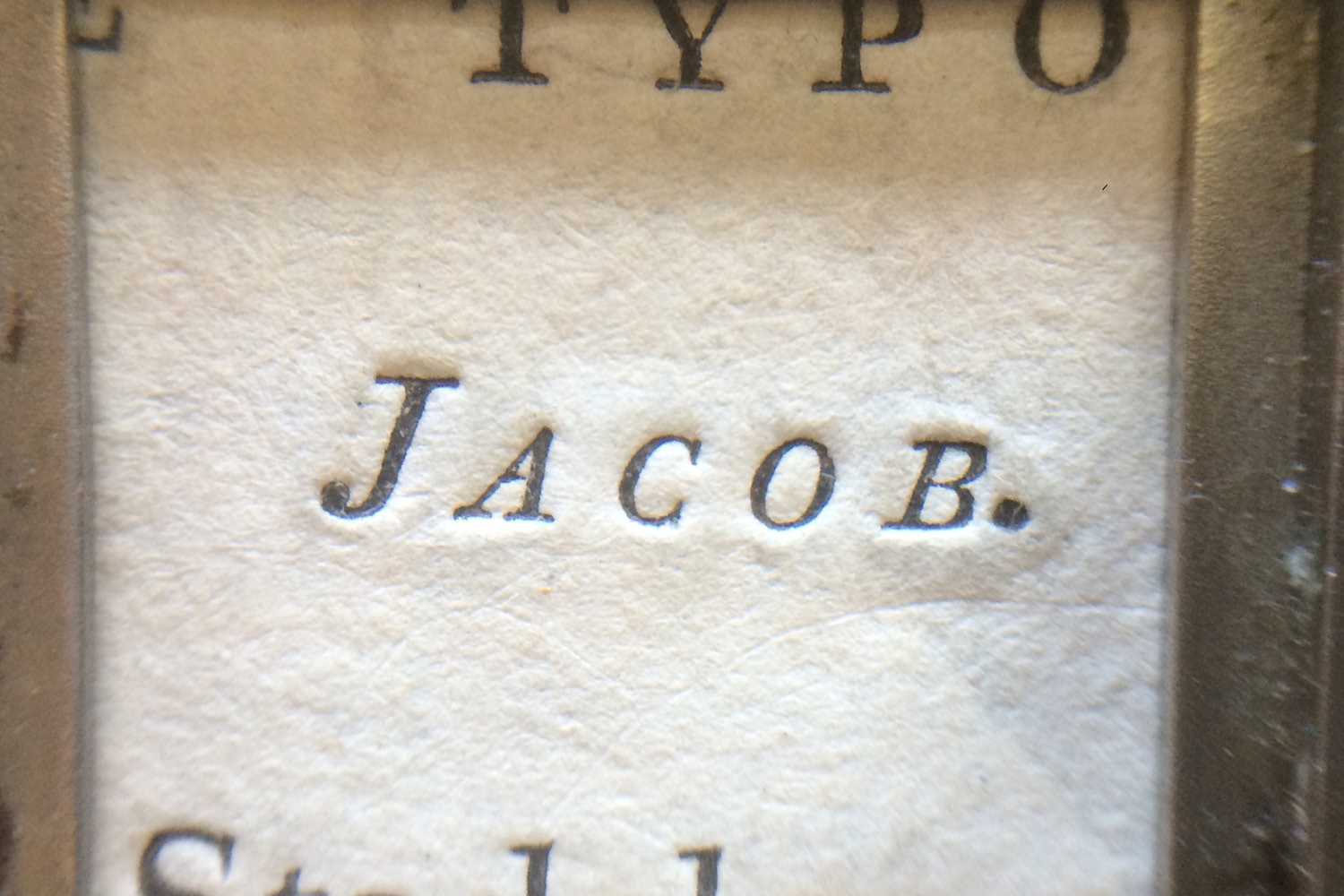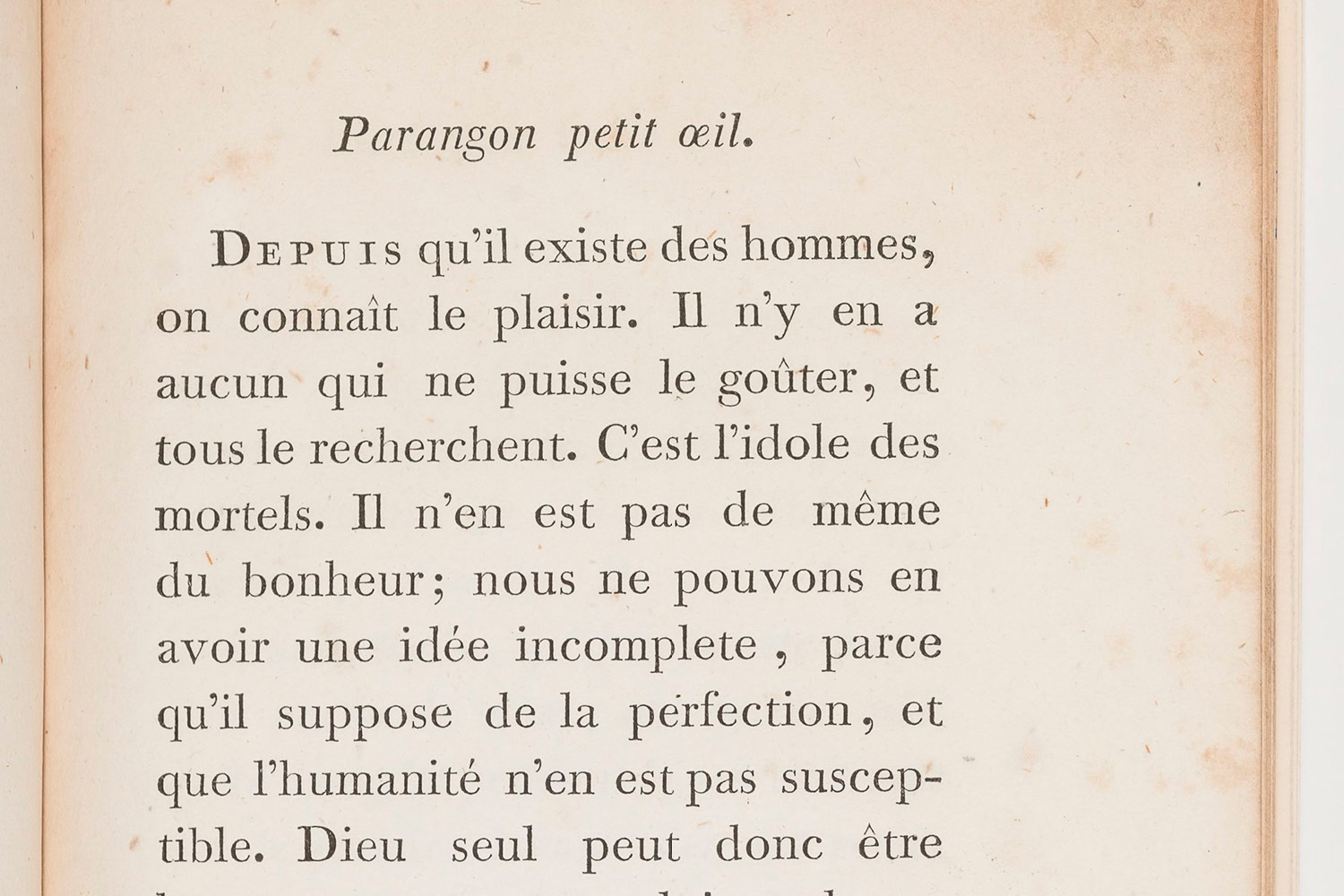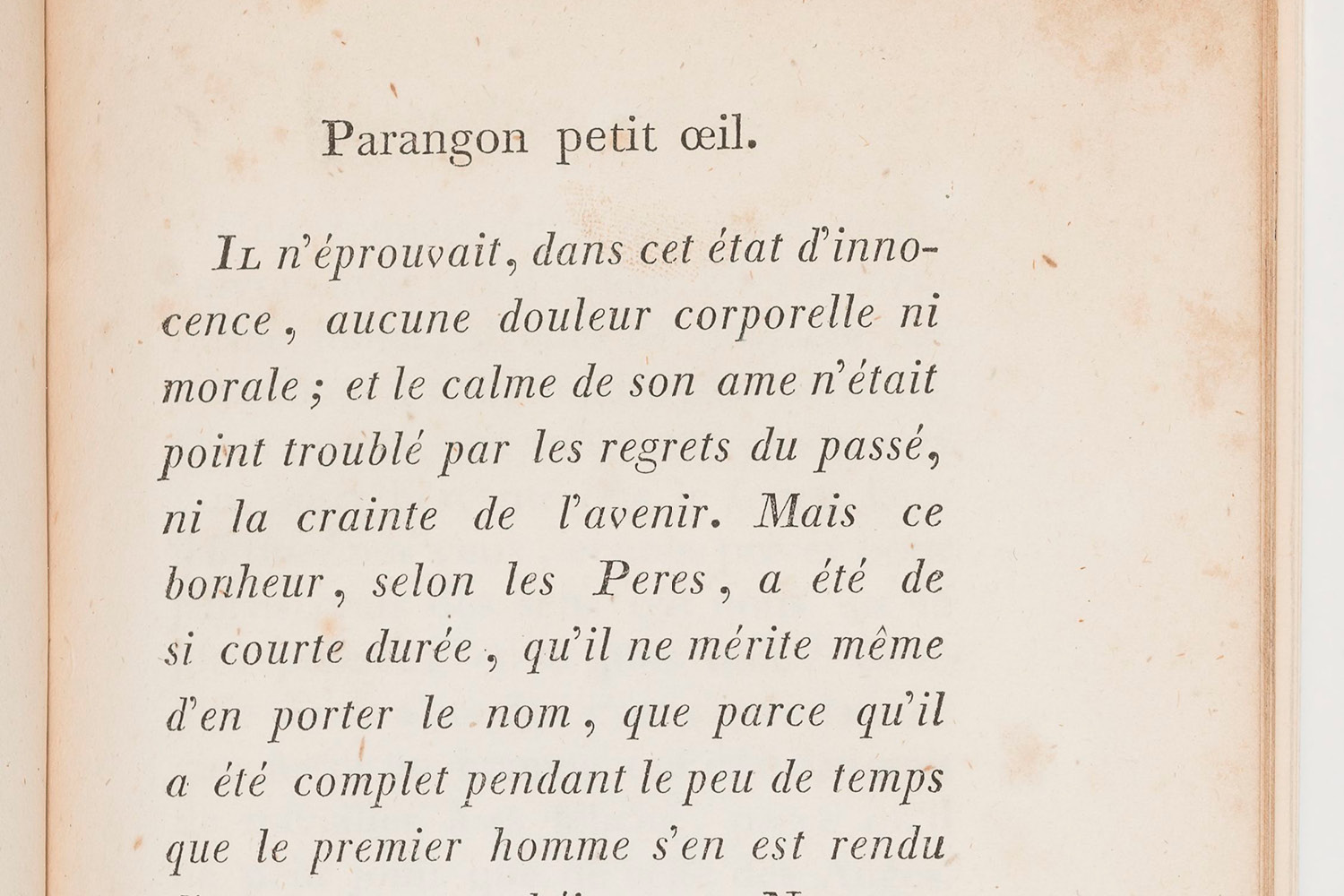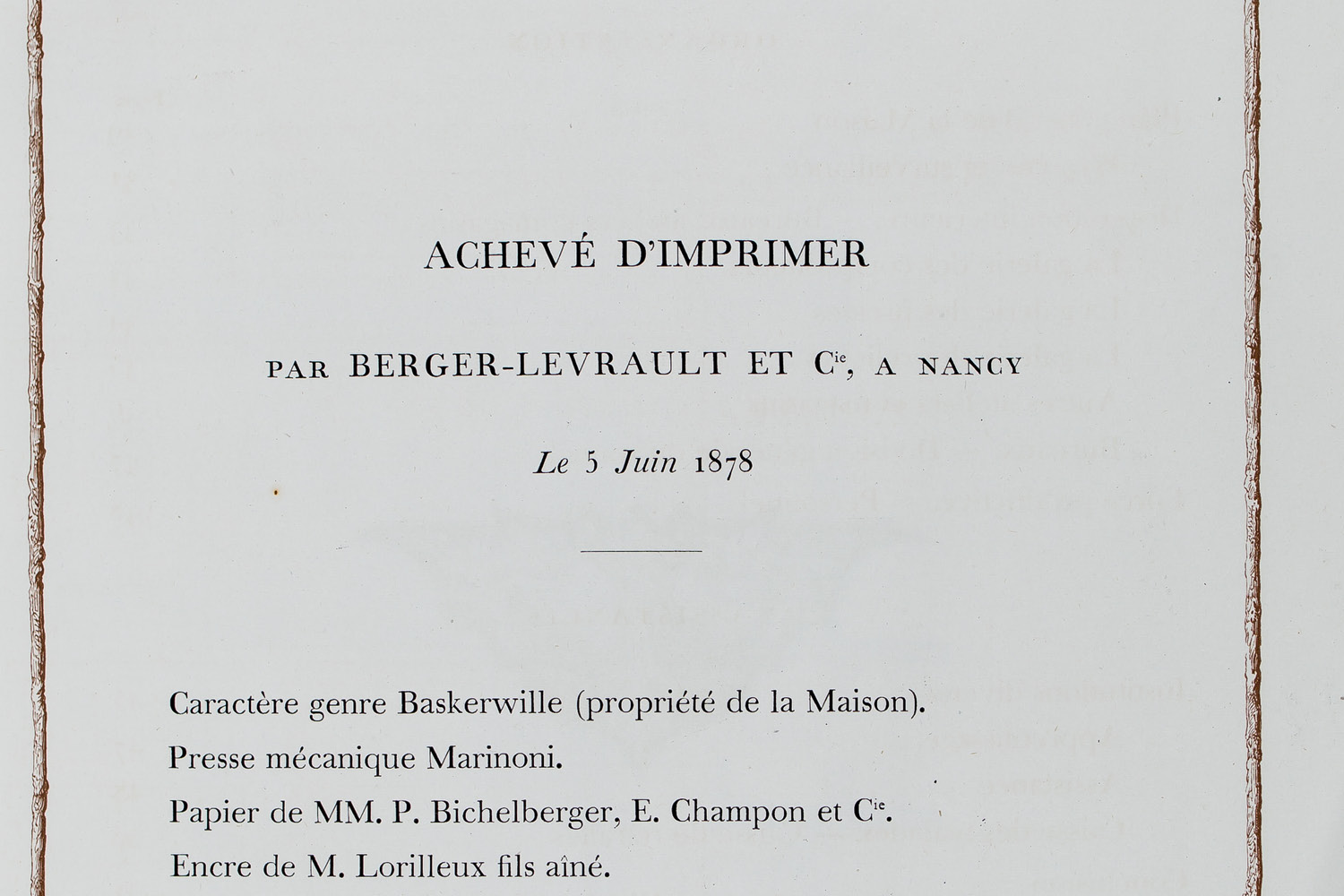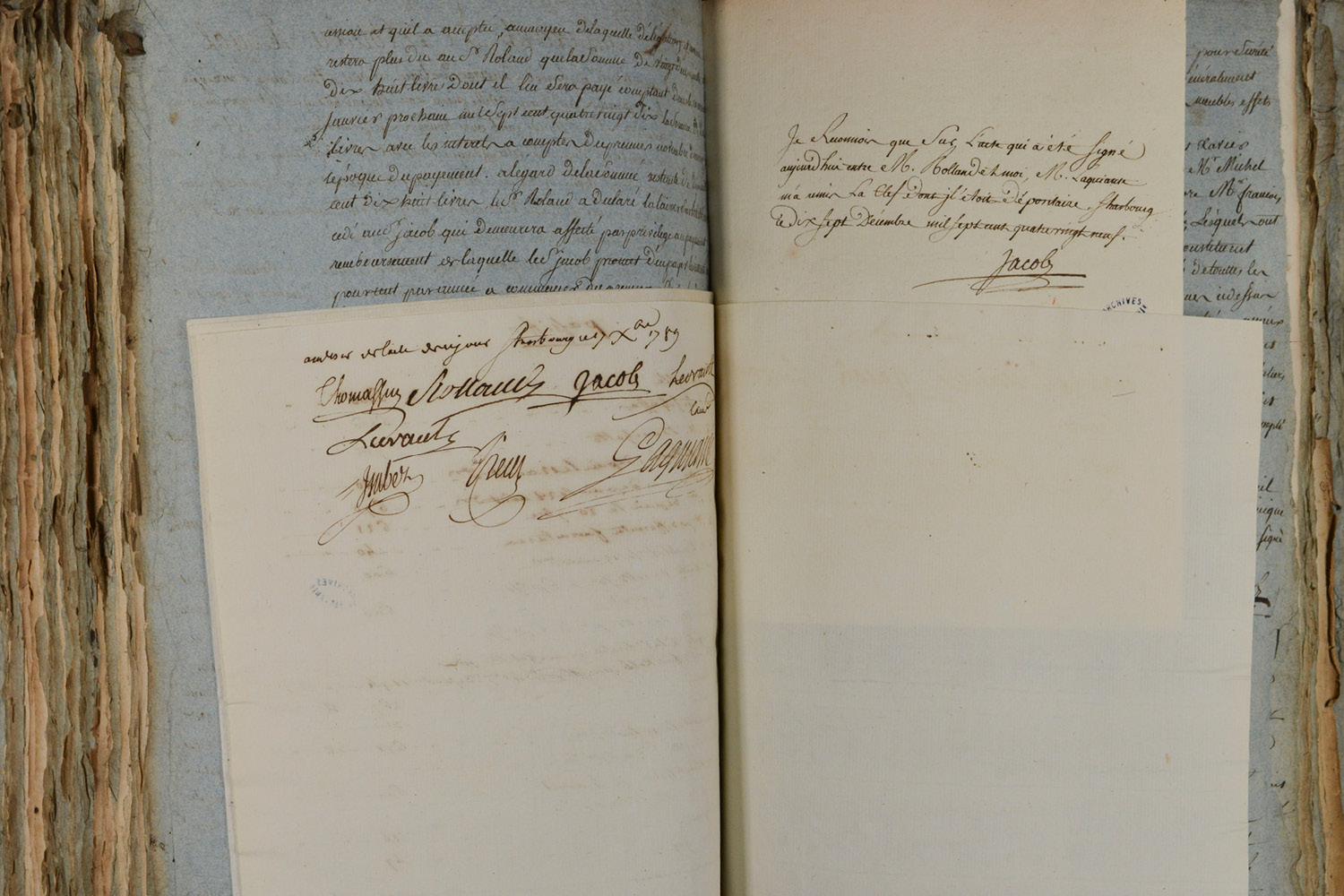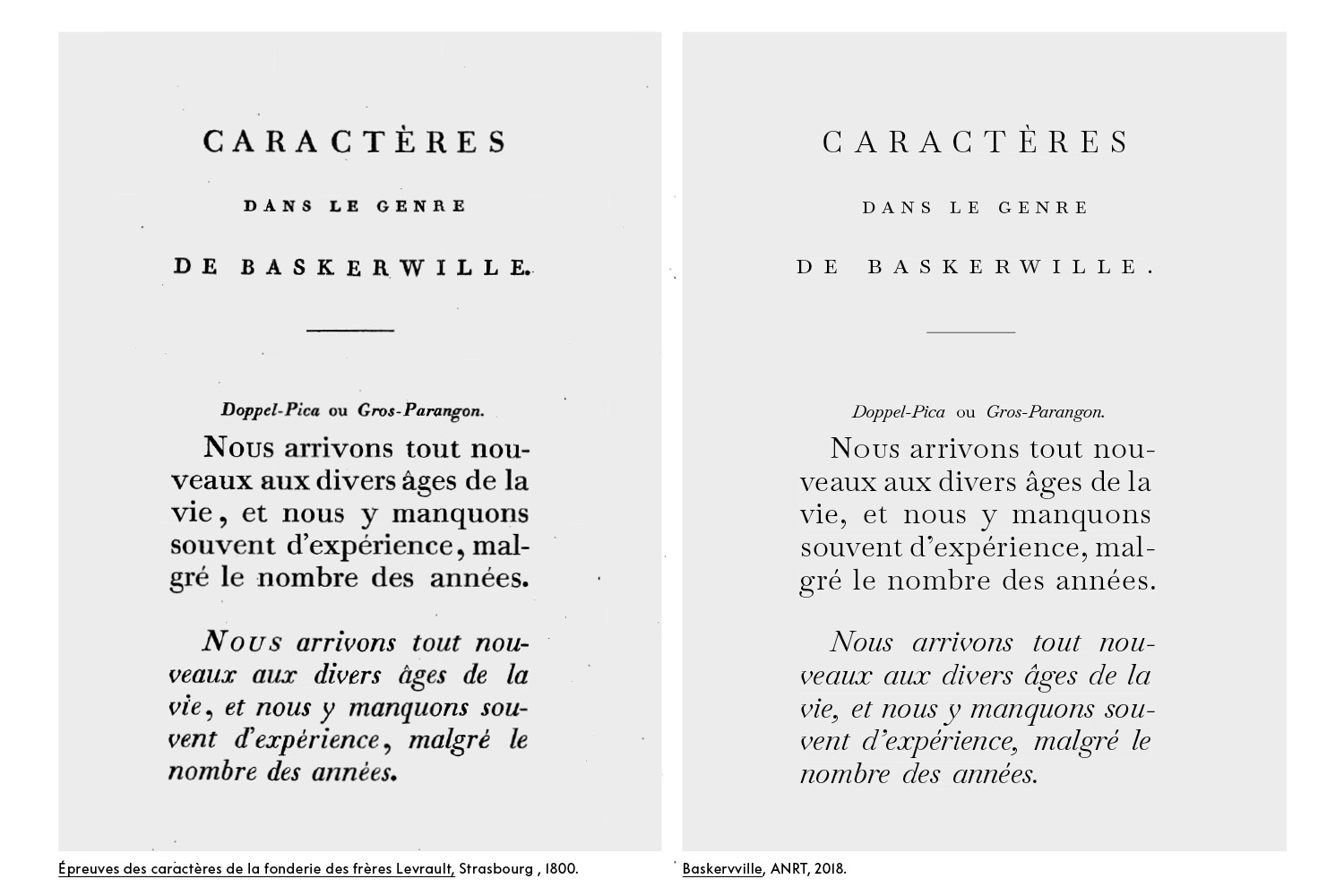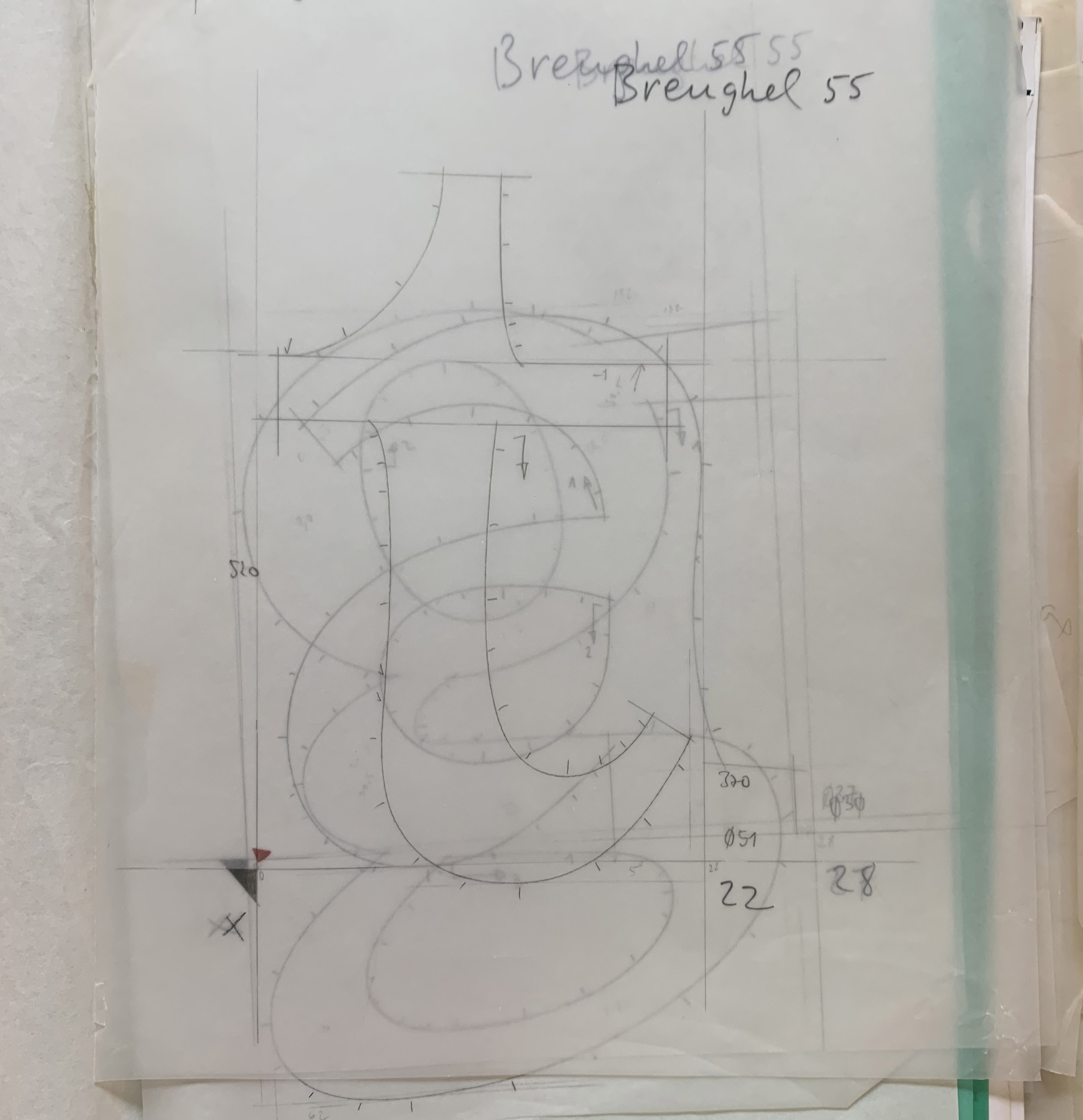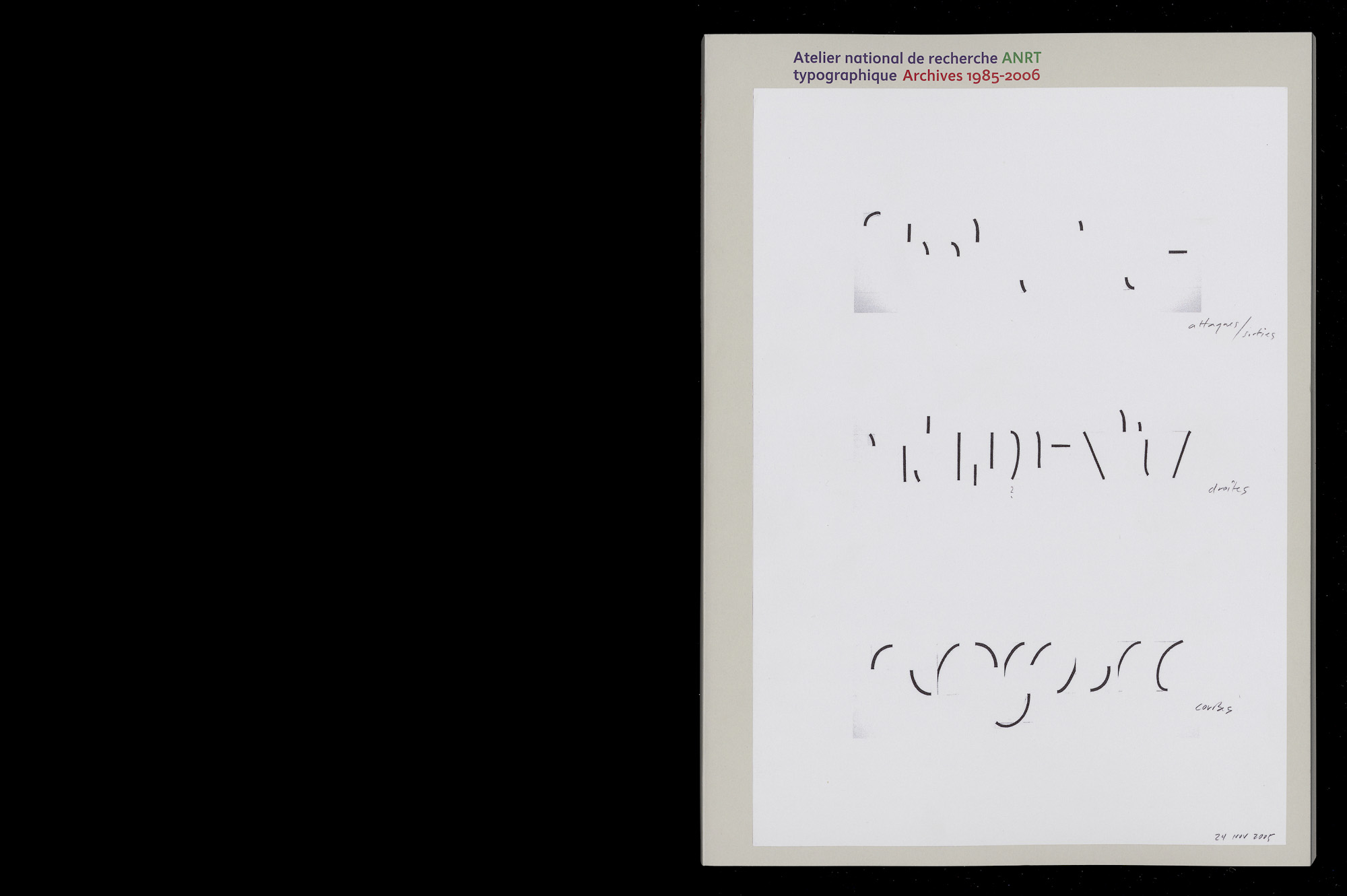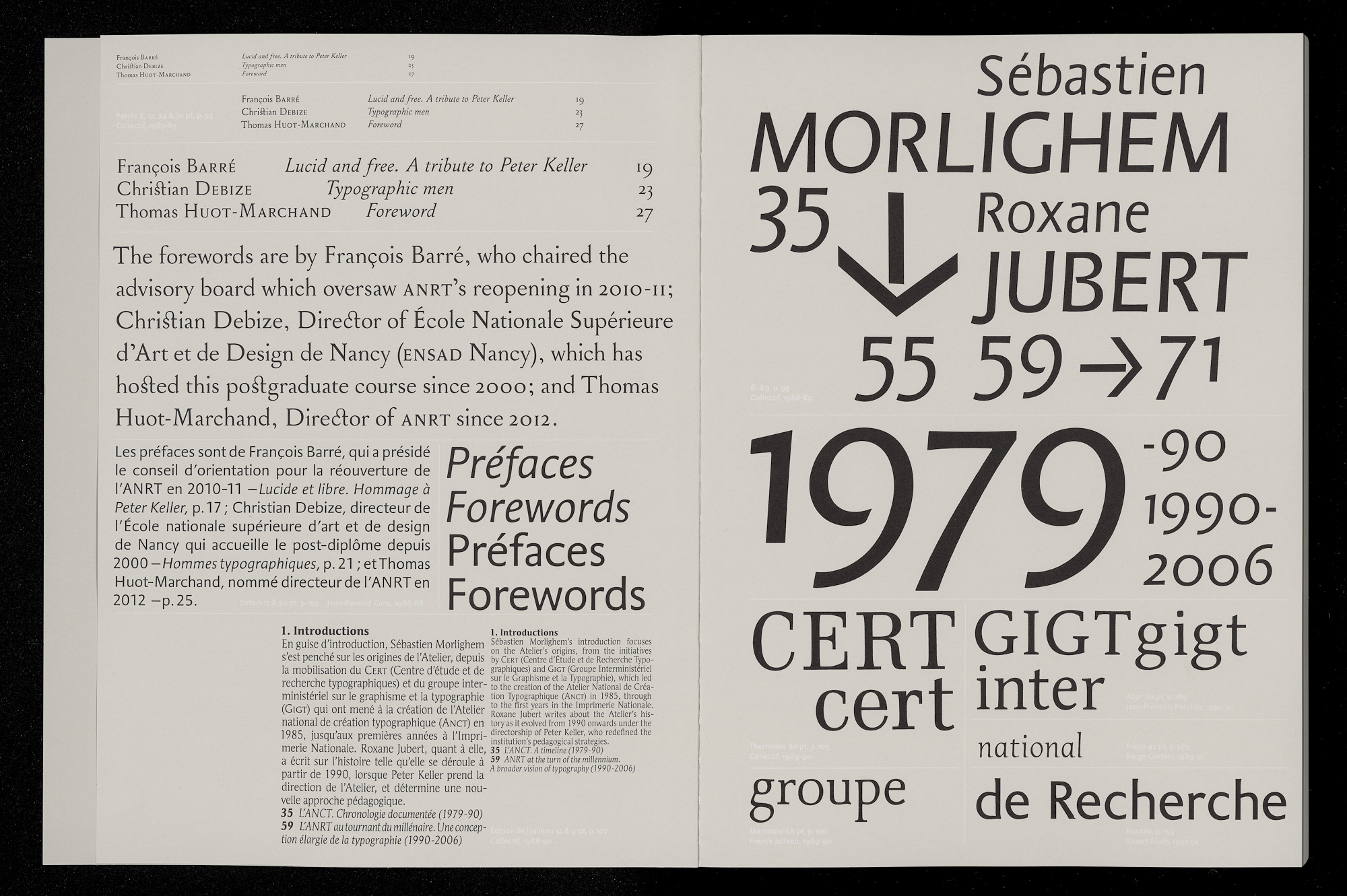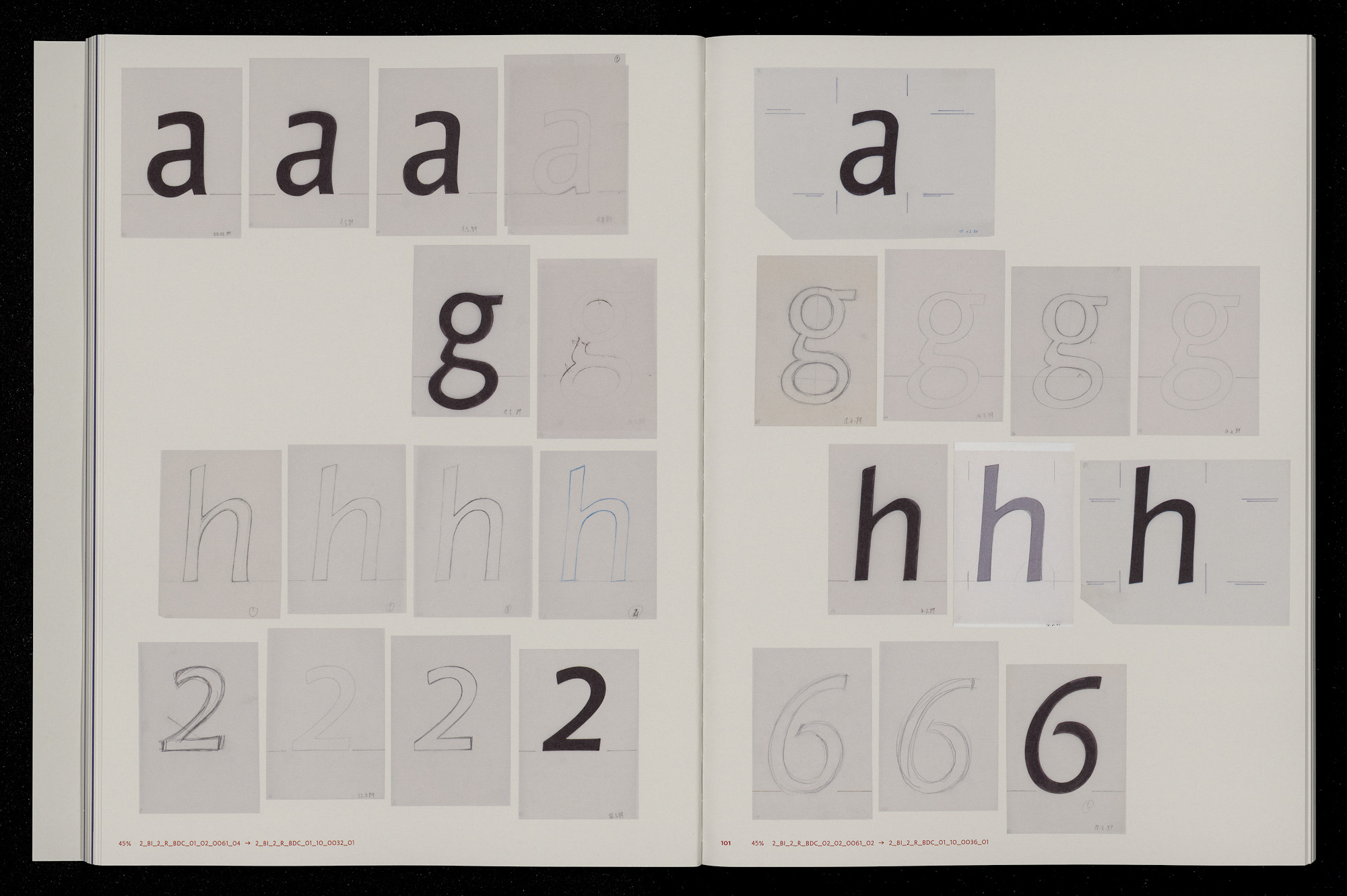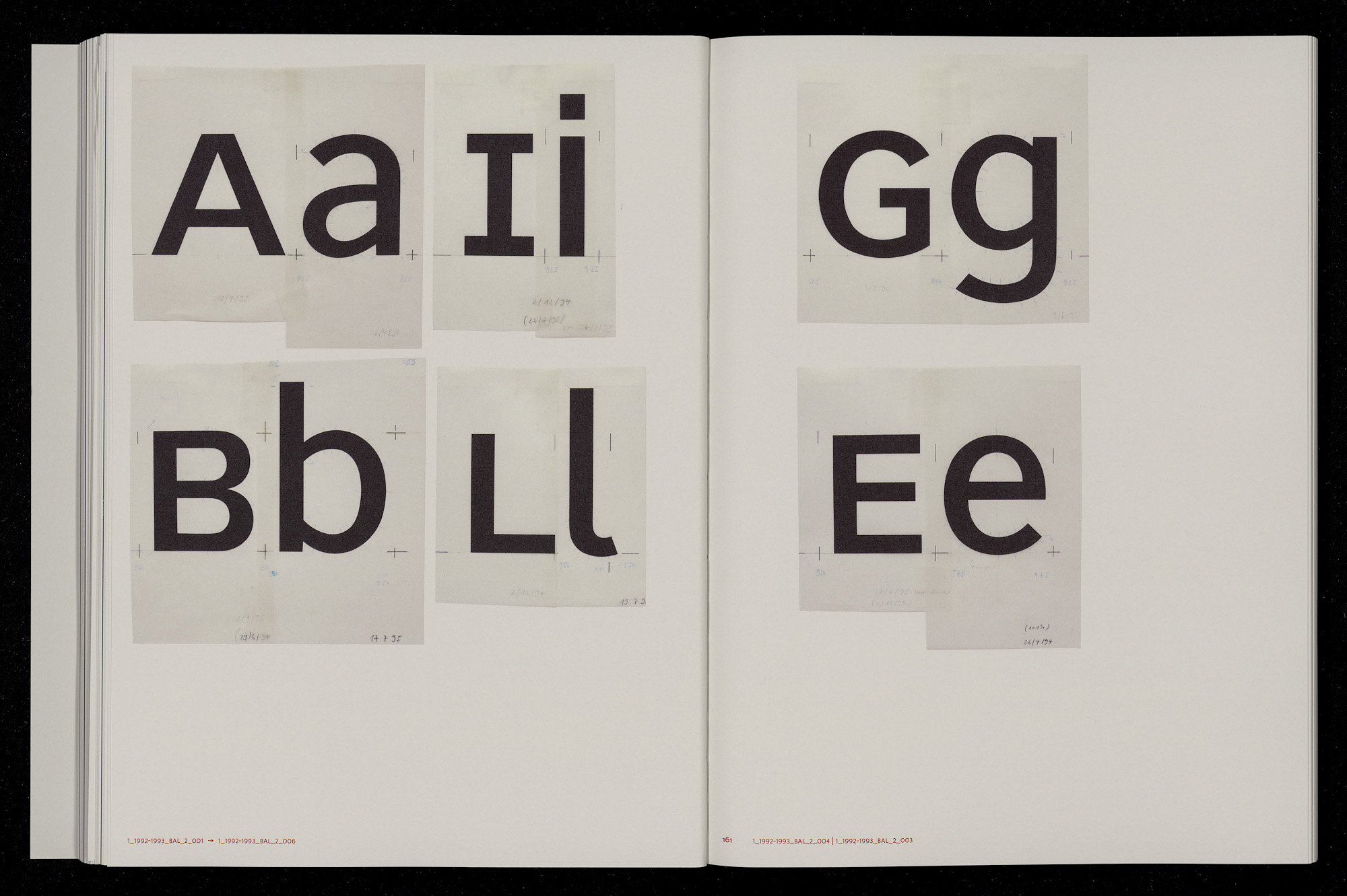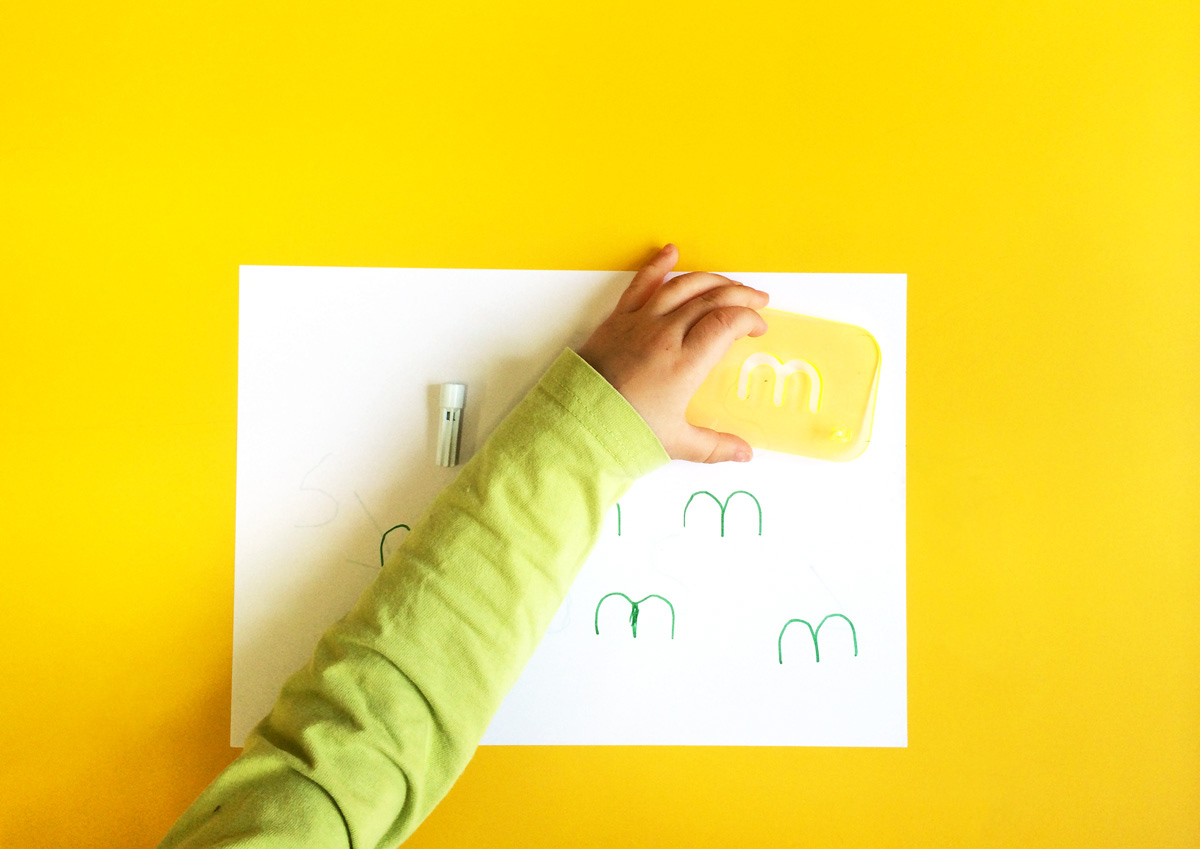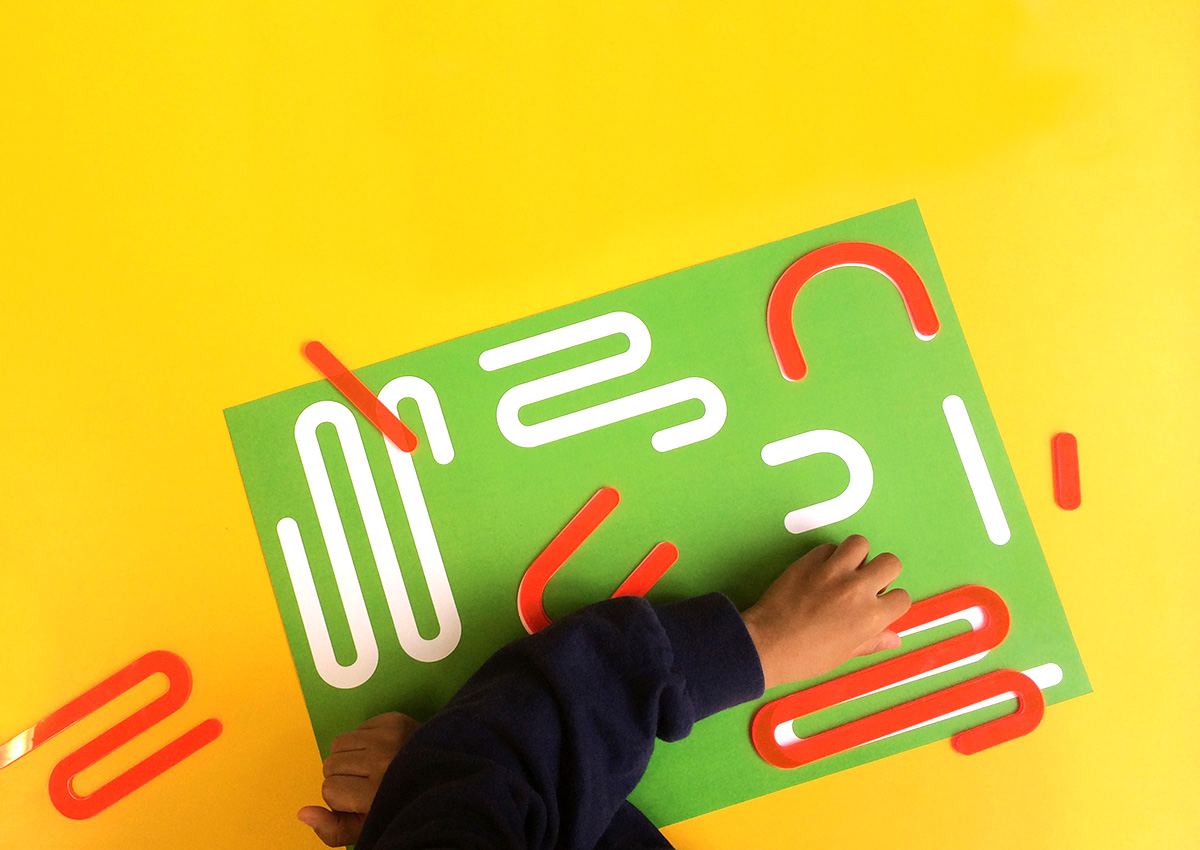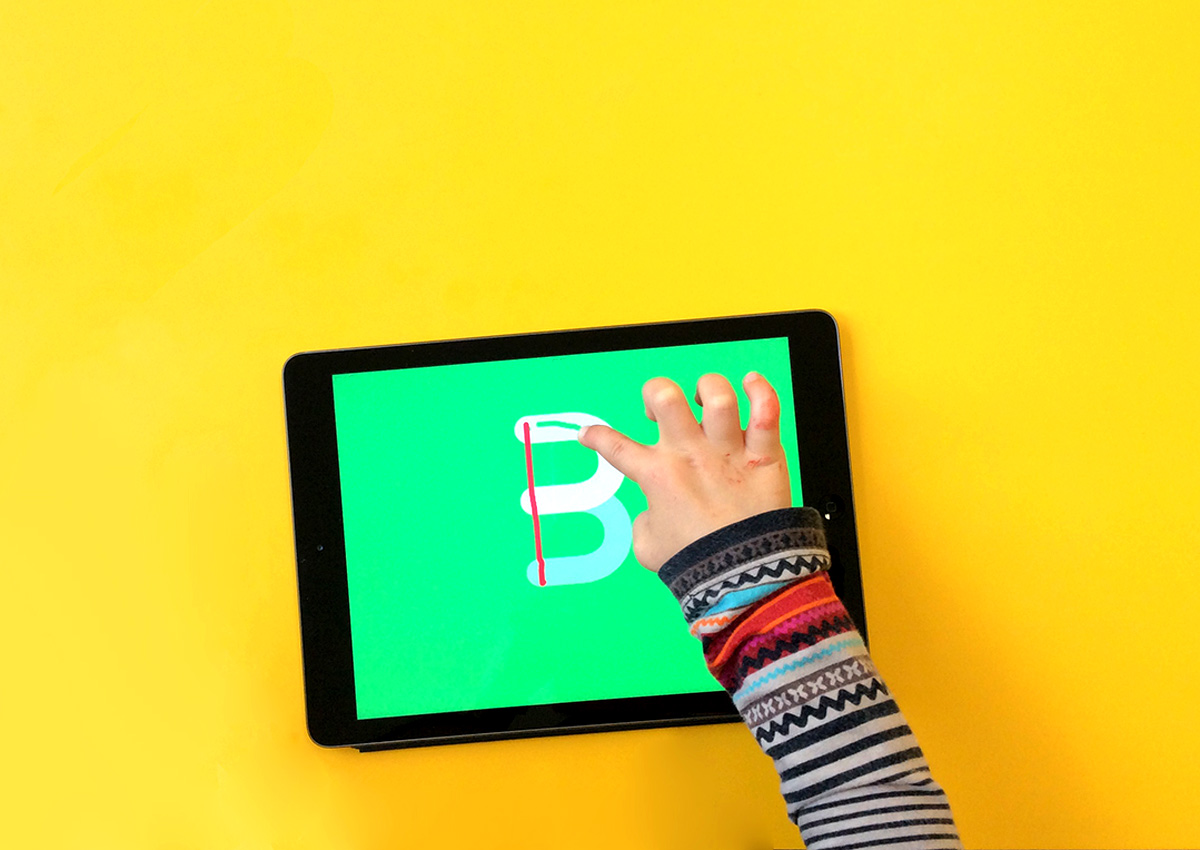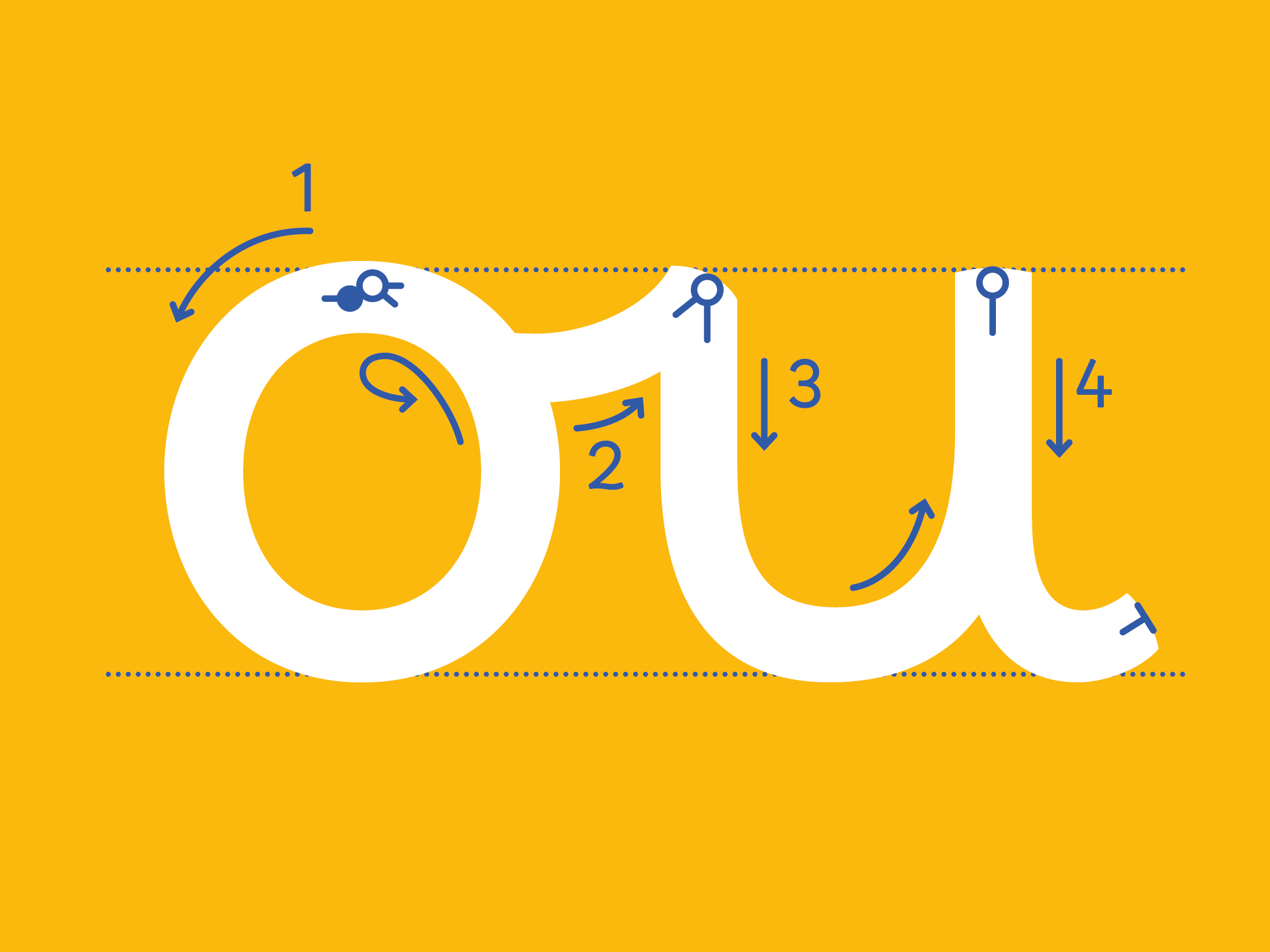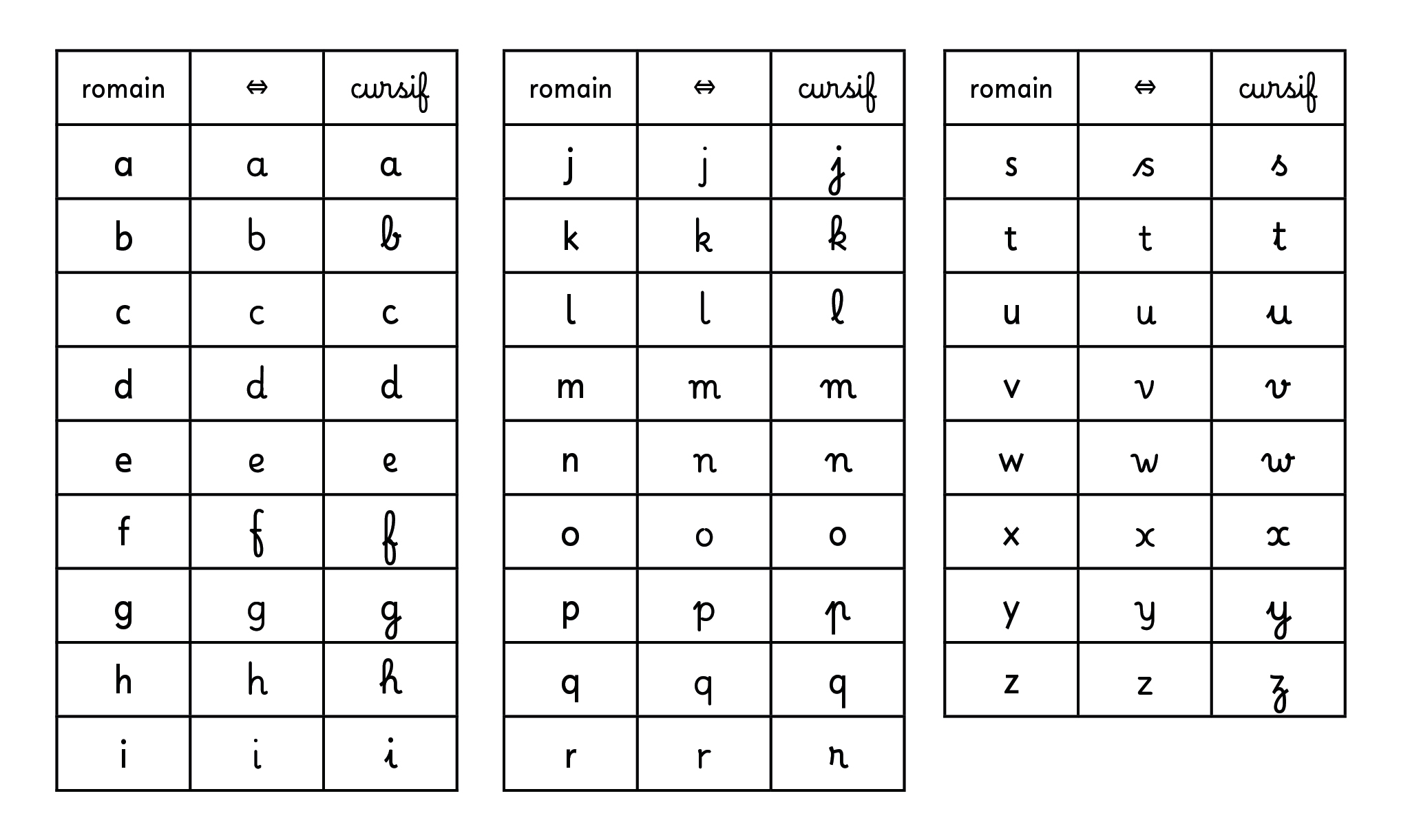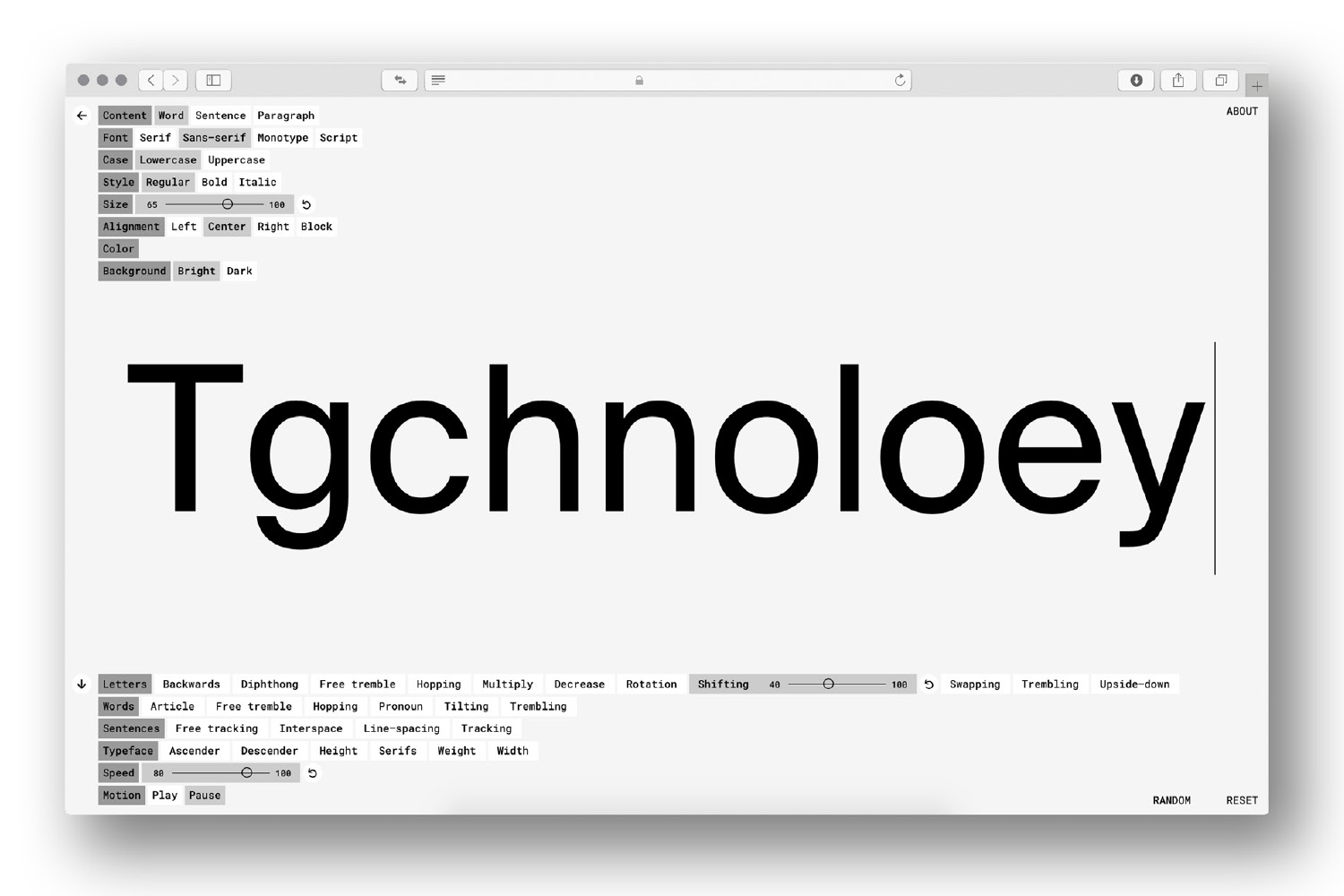The Missing Scripts Unencoded writing systems
The Missing Scripts research program was initiated in 2016, in partnership with the Designlabor Gutenberg at the University of Applied Sciences of Mainz (Germany) and the Department of Linguistics of Berkeley UC.
Almost half of the world's scripts are not encoded in the Unicode standard, and therefore are not accessible on computers or smartphones (146 out of 292 in 2016, 133 out of 292, to date). Excluded from the digital eco-system, these scripts (living or ancient) are threatened with extinction.
To support and preserve this diversity, the ANRT accompanies the work of the Script Encoding Initiative (UC Berkeley) to integrate these extinct or minority scripts into the universal Unicode standard, and give them a typographic form, often for the first time. These fonts, developed with experts and scripters of each script, are often technically and scientifically challenging, and may take several years to develop.
Johannes Bergerhausen, designer and professor at the designlabor Gutenberg of the Hochschule Mainz, created the poster and website The World's Writing Systems from the glyphs designed at ANRT for the Missing Scripts, and the Decode Blockdock designed by Jérôme Knebusch. Published by the ANRT, this poster is updated regularly: the 3rd edition was published in 2021.
Each year, ANRT students develop digital fonts for newly encoded or about-to-be encoded scripts. This work contributes to the preservation and development of typographic expertise for these minority, living or disappeared scripts.
Related contents
Conferences
Websites
Partenariats
Hochschule Mayence
Institut Designlabor Gutenberg, Mainz (DE)
Professeur associé: Johannes Bergerhausen
University of Berkeley
Berkeley, CA 94720-2650 (USA)
Dept. of Linguistics
Script Encoding Initiative
Professeur associé: Deborah Anderson
